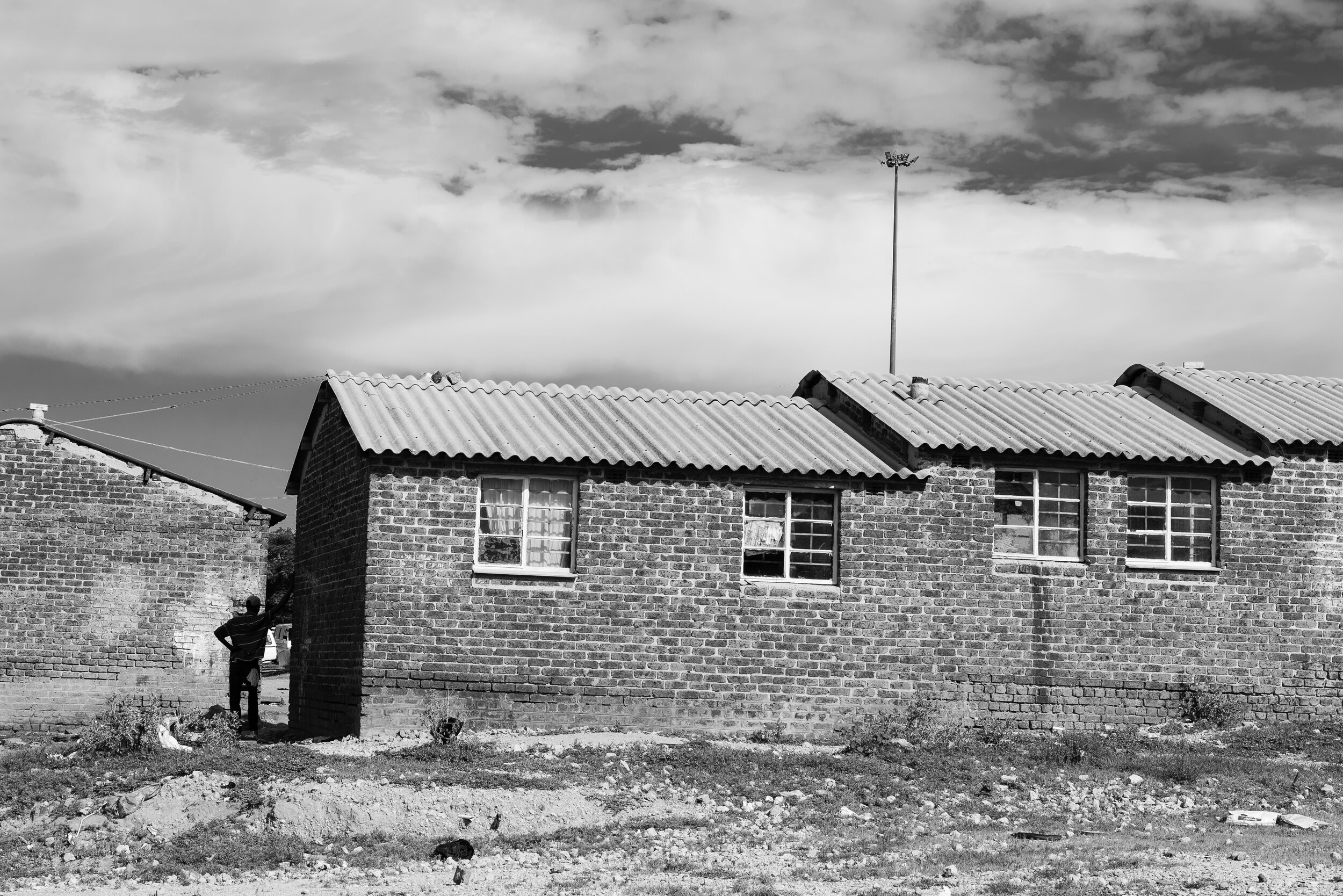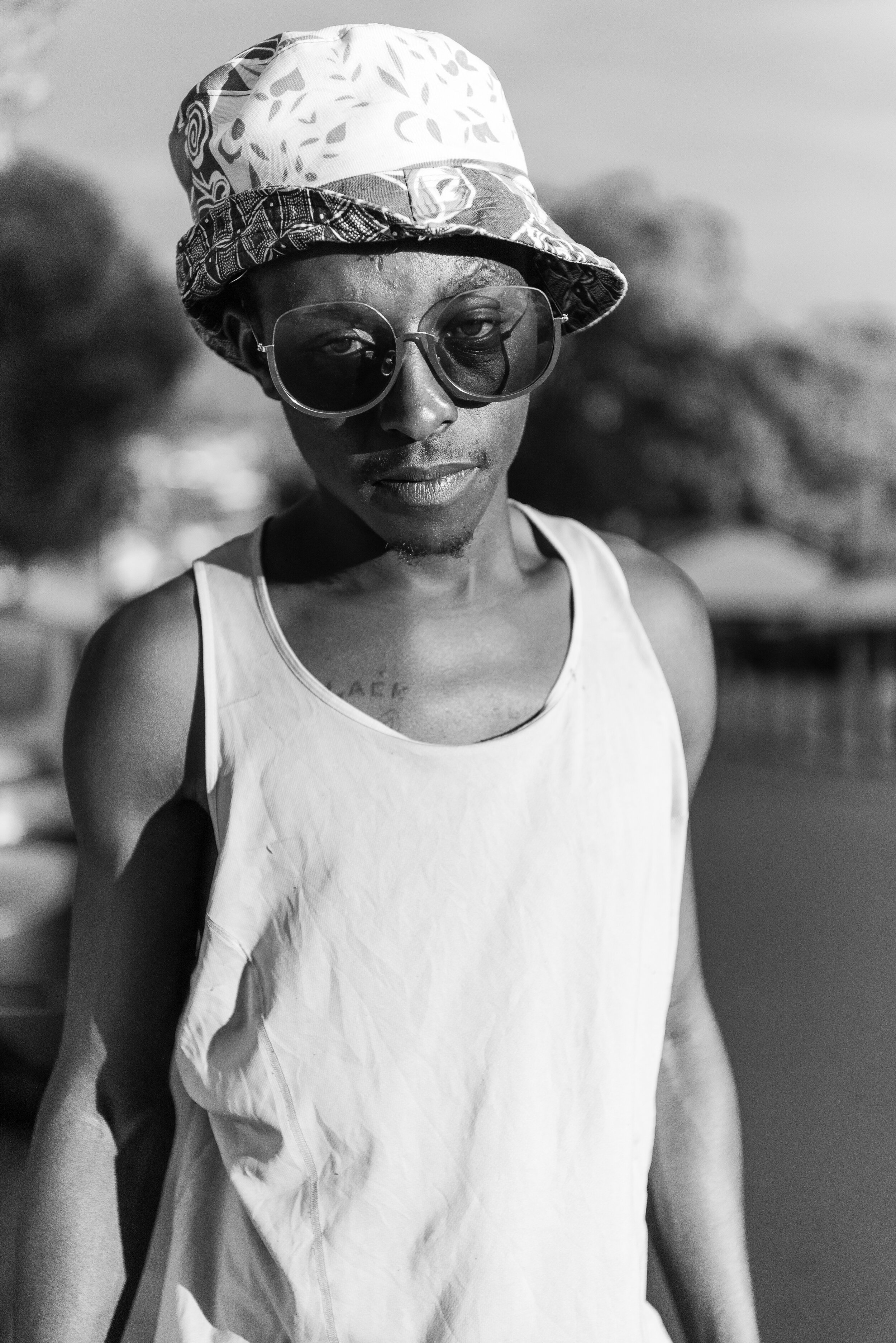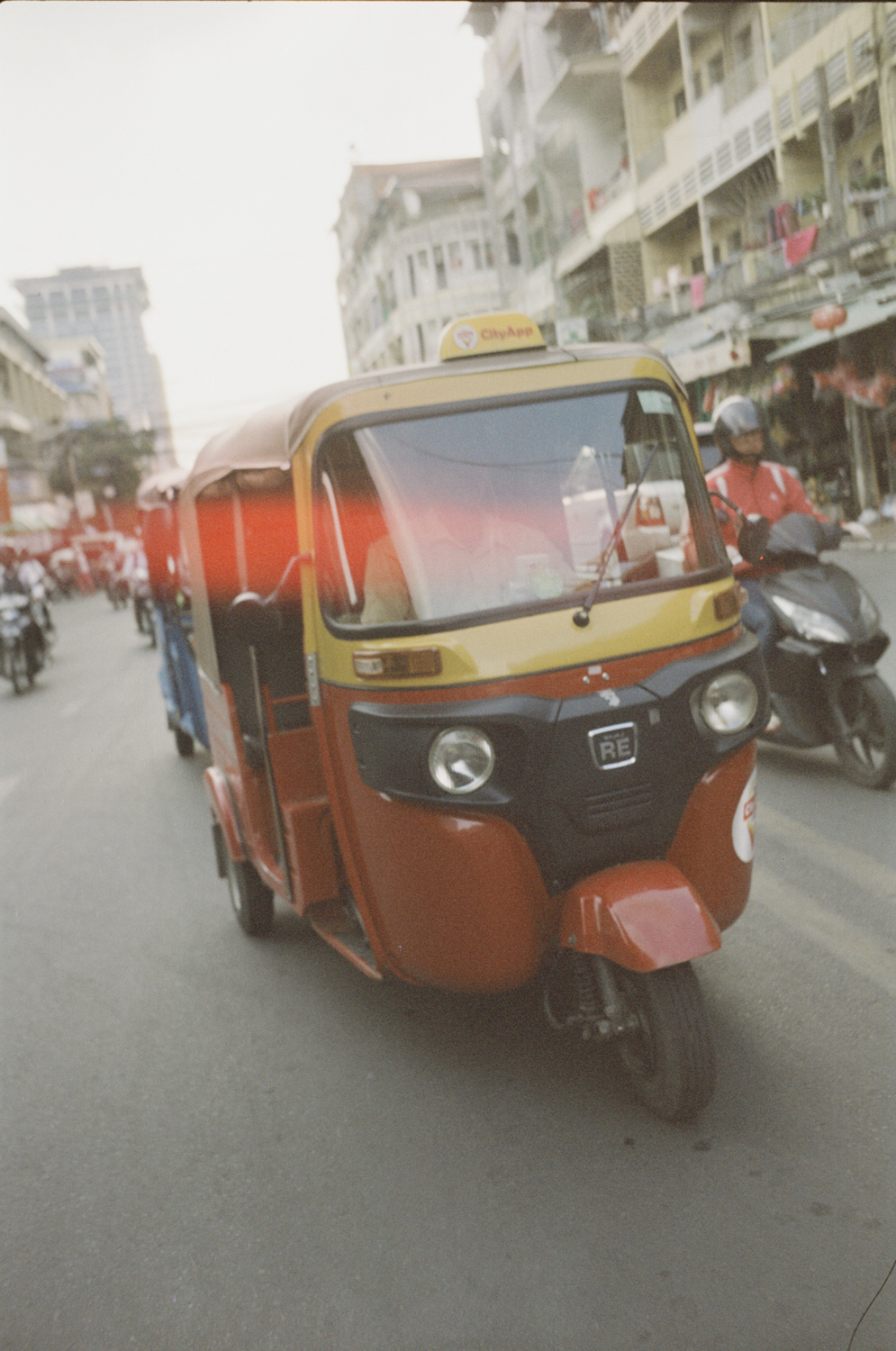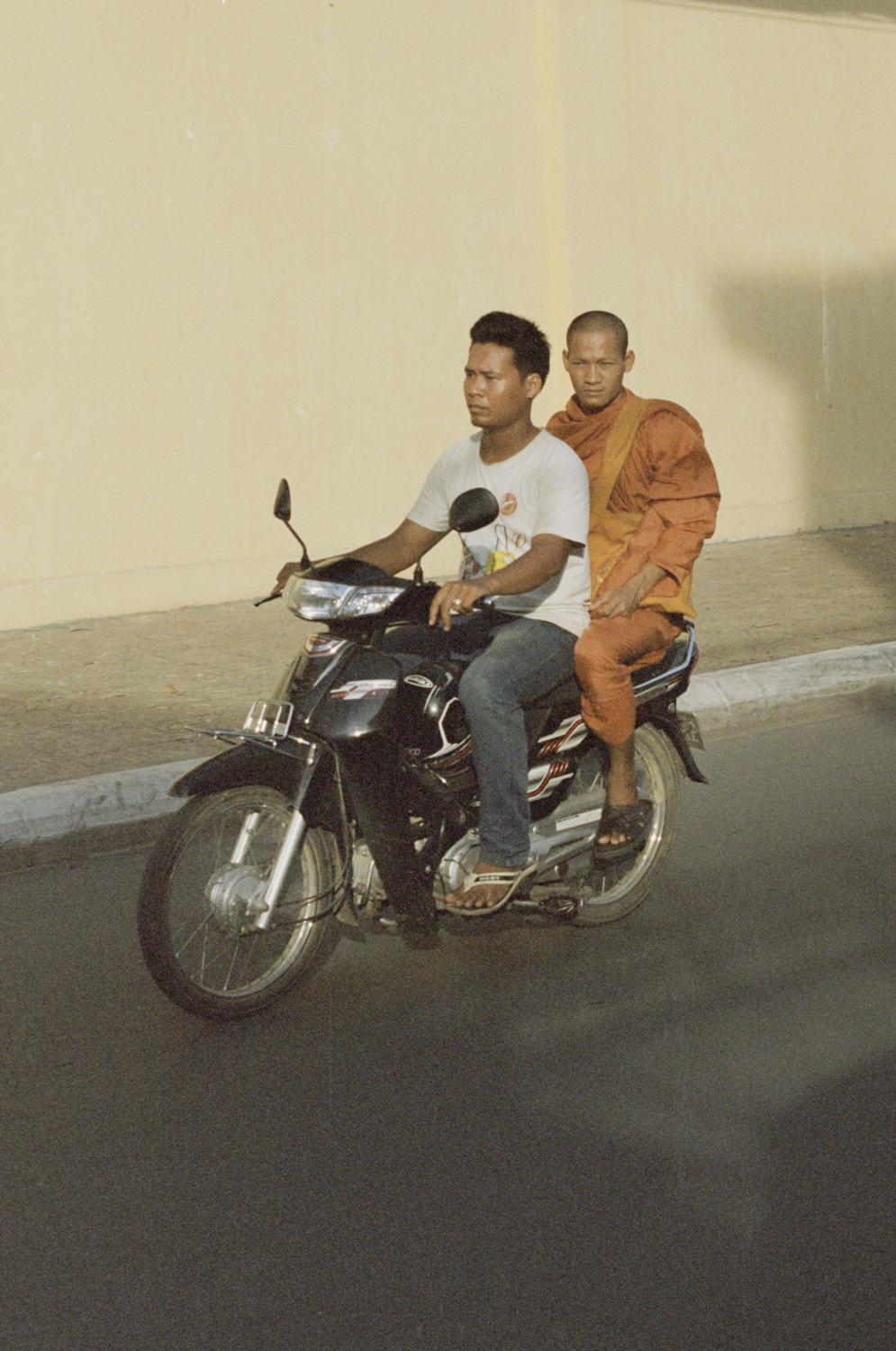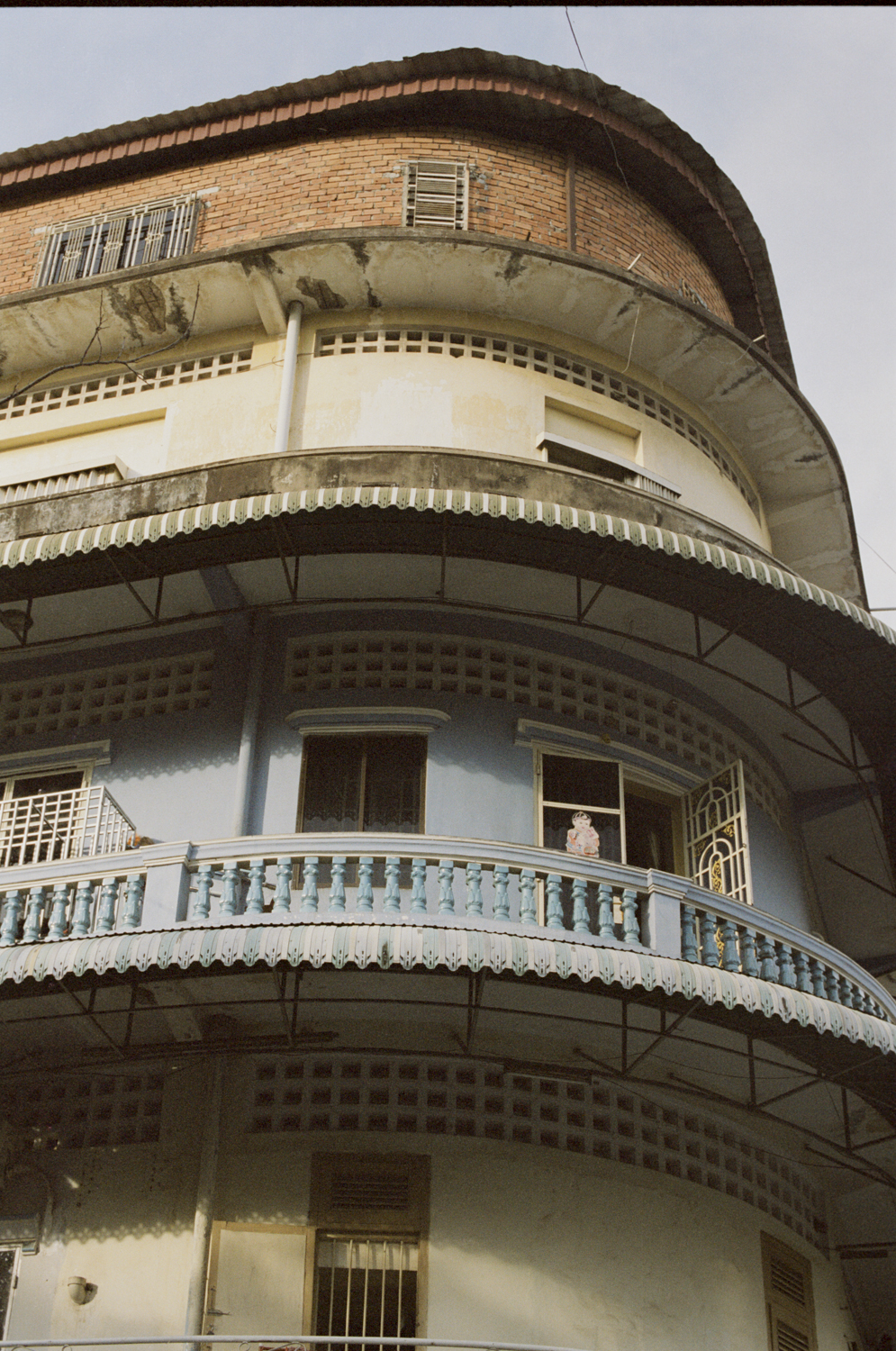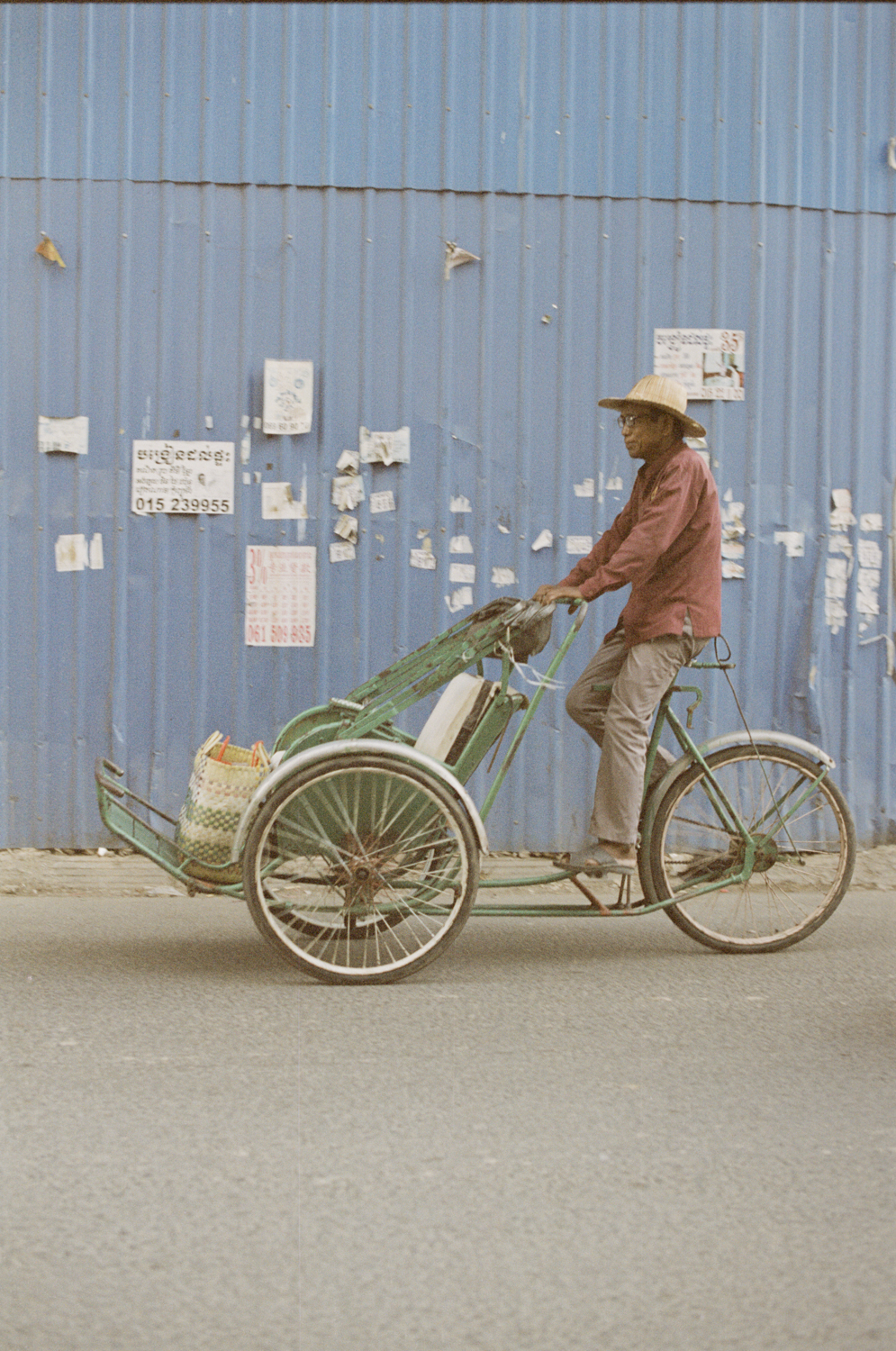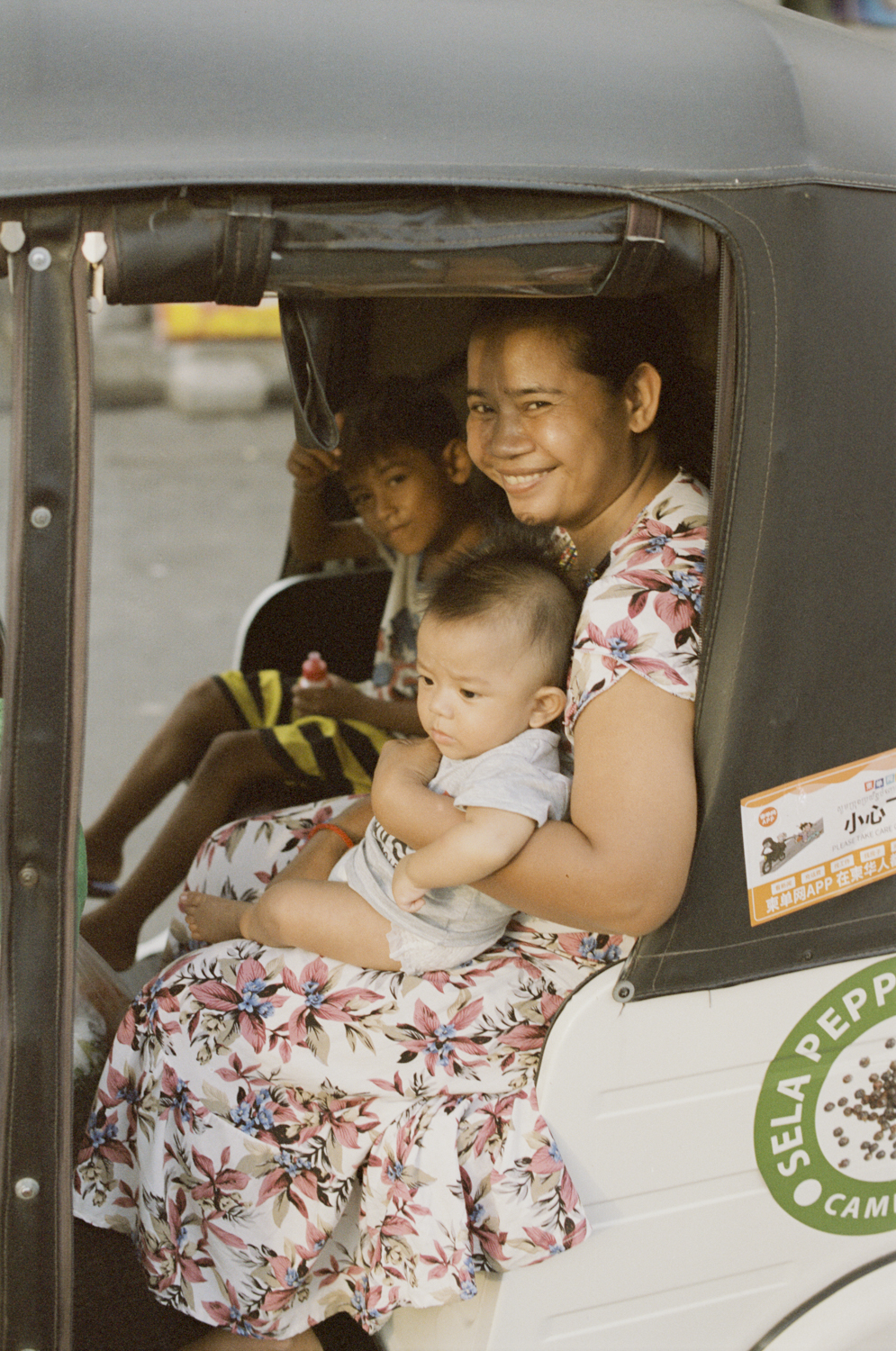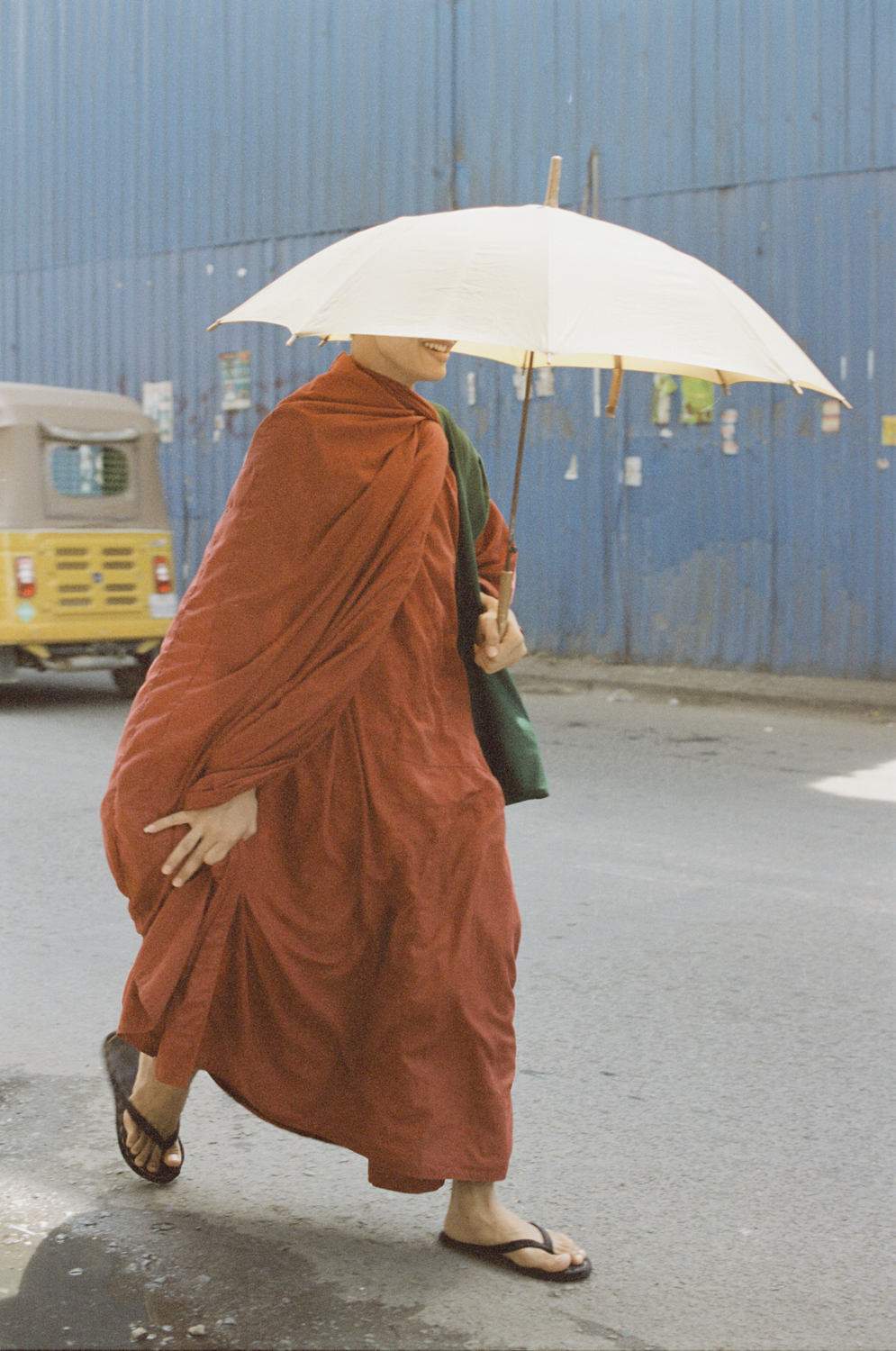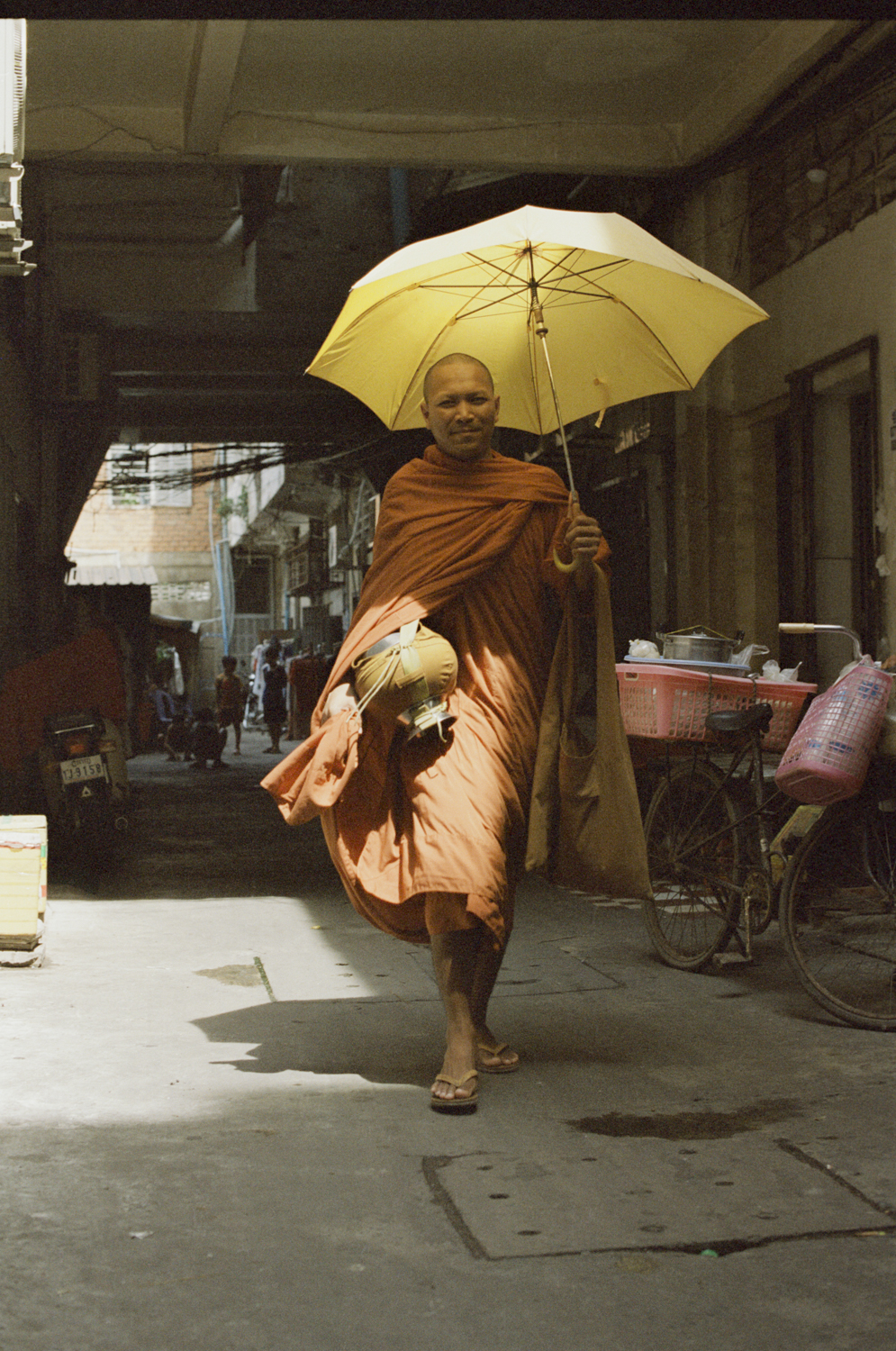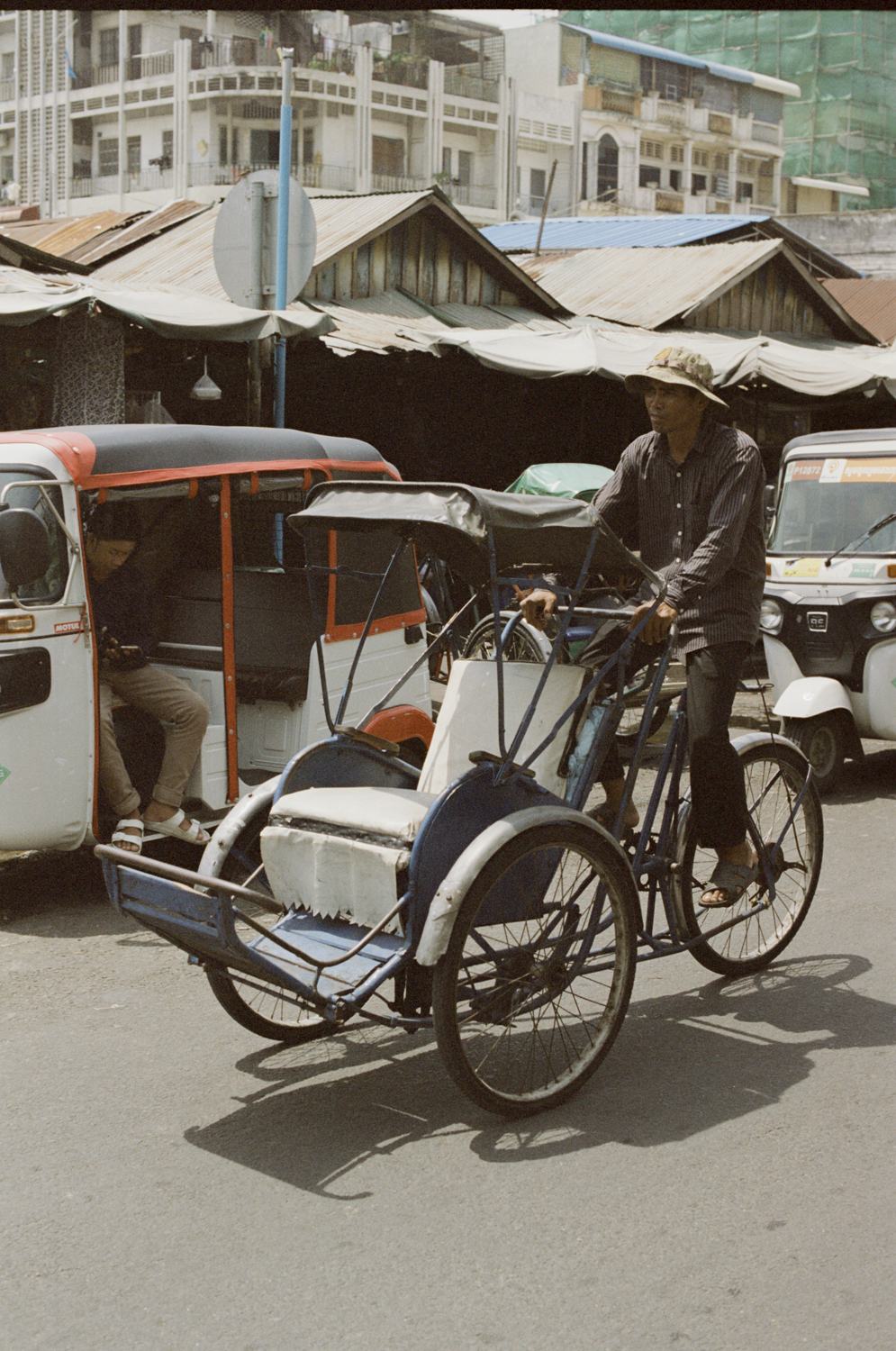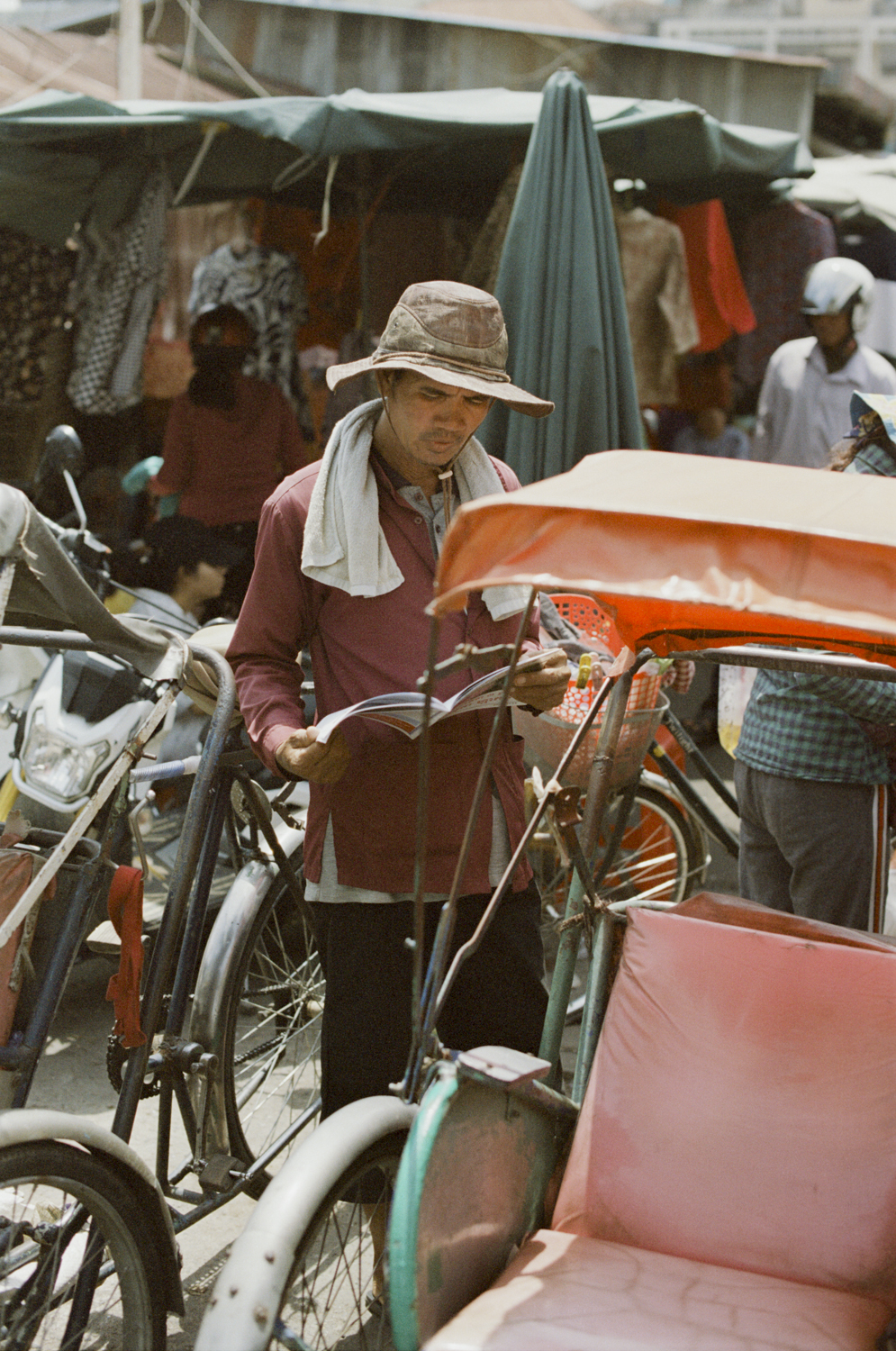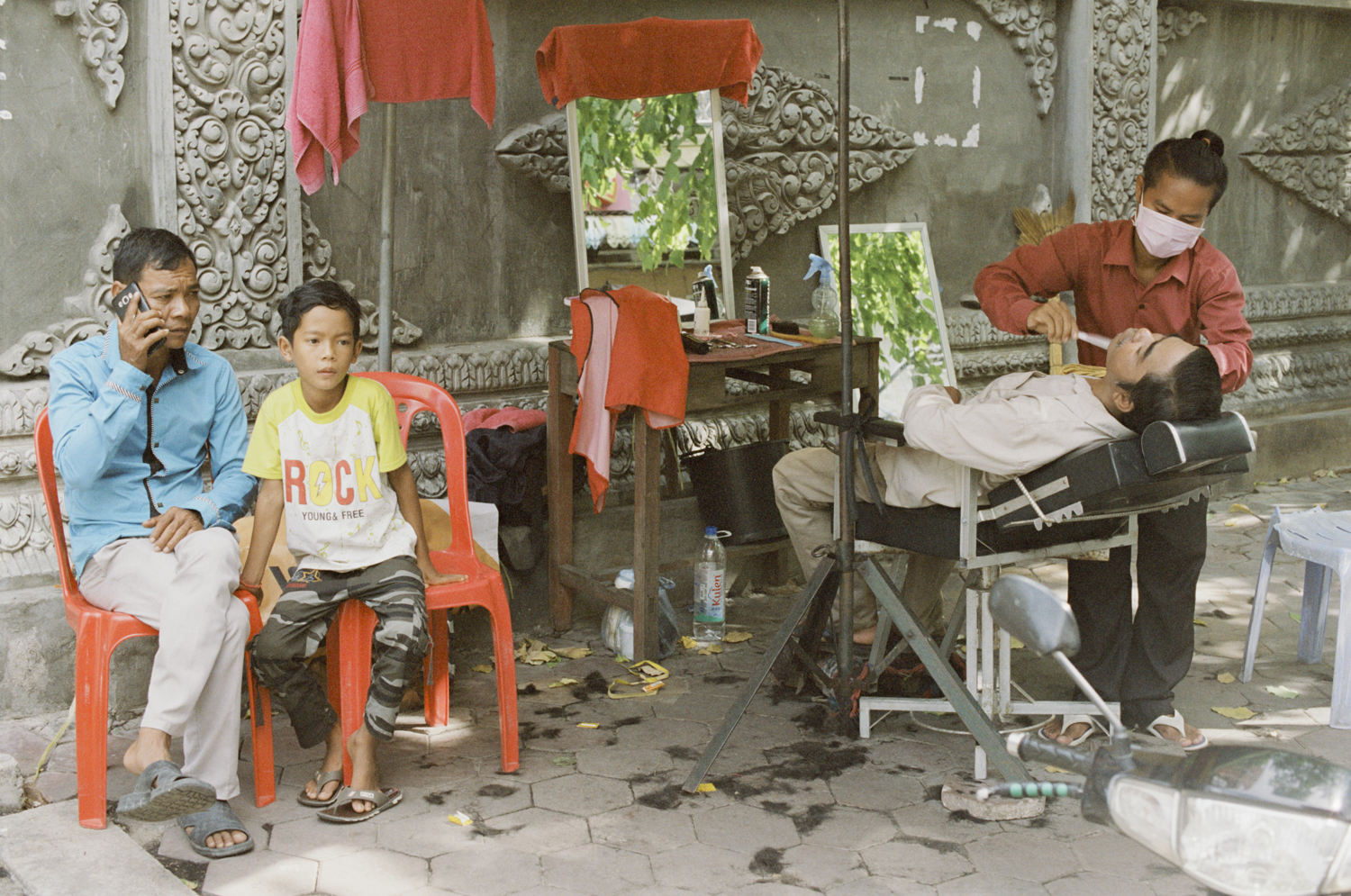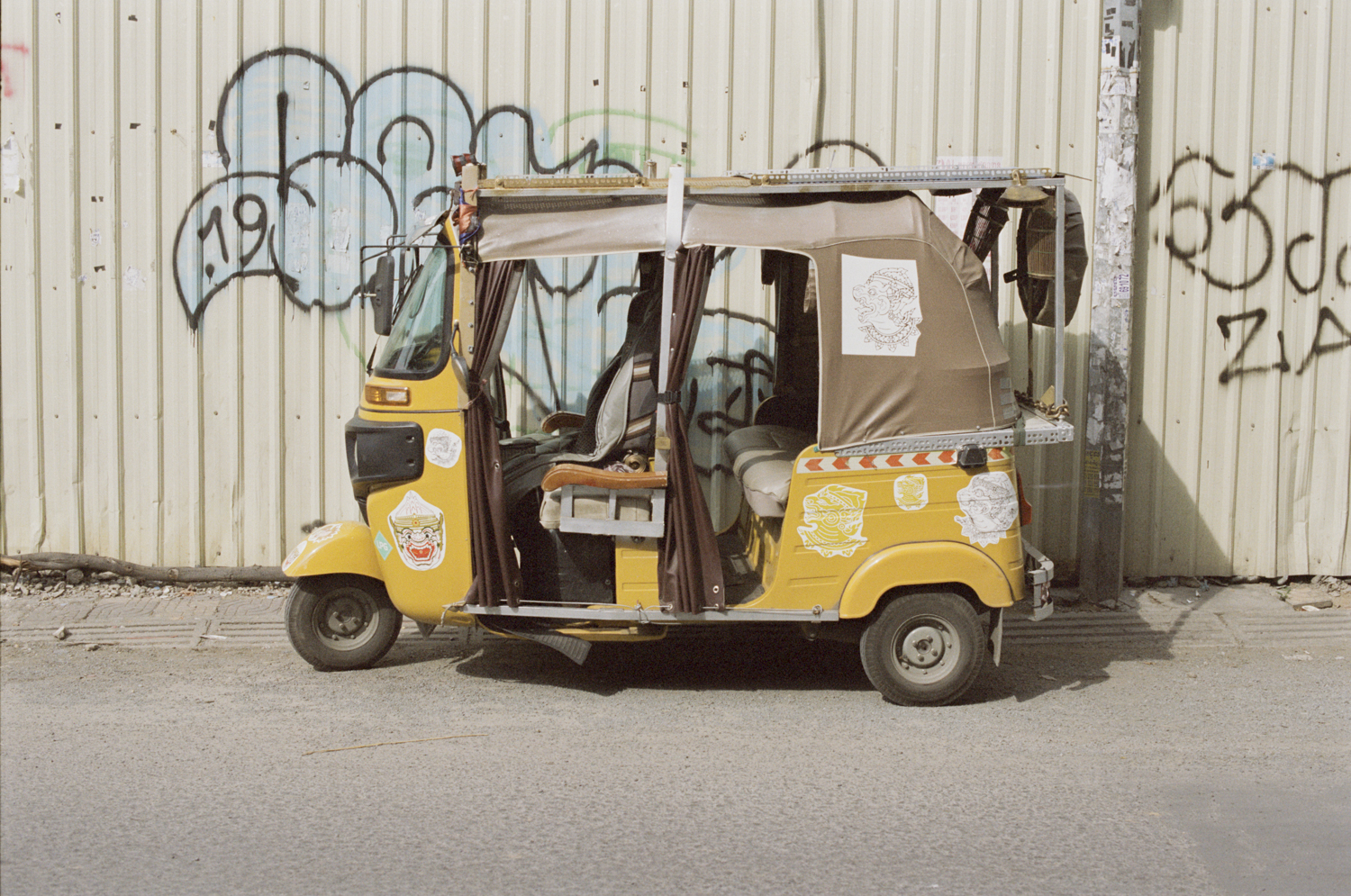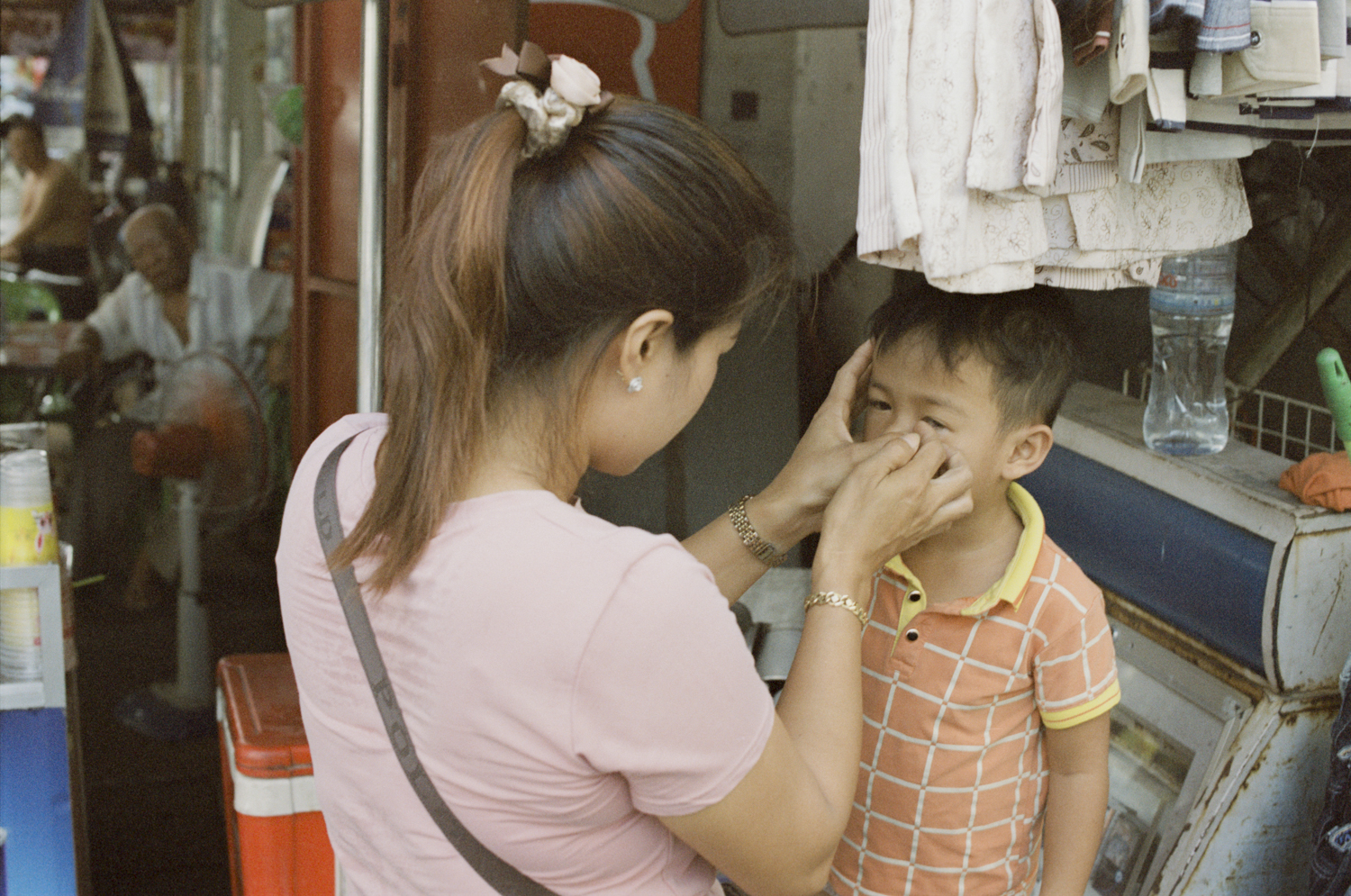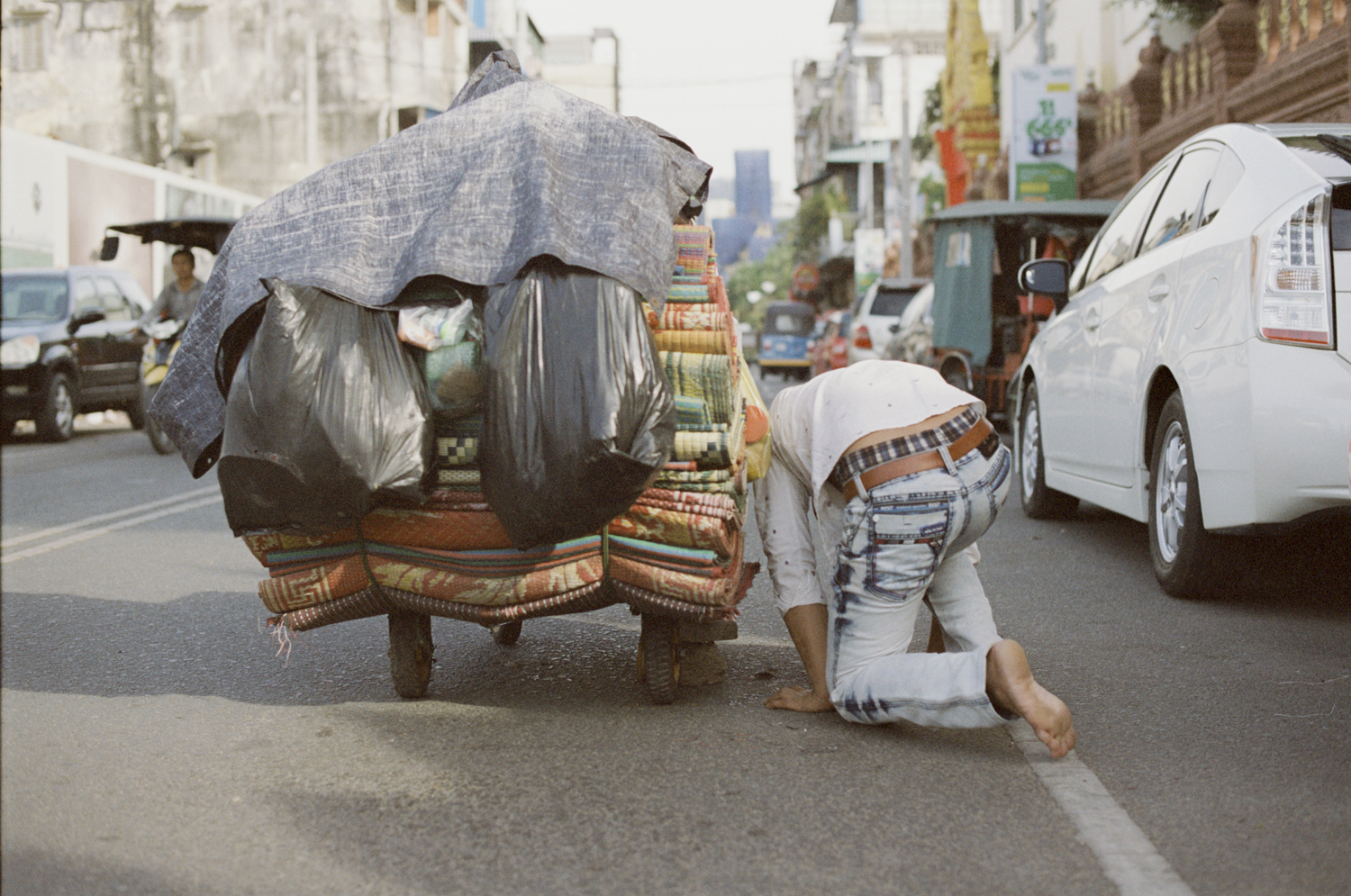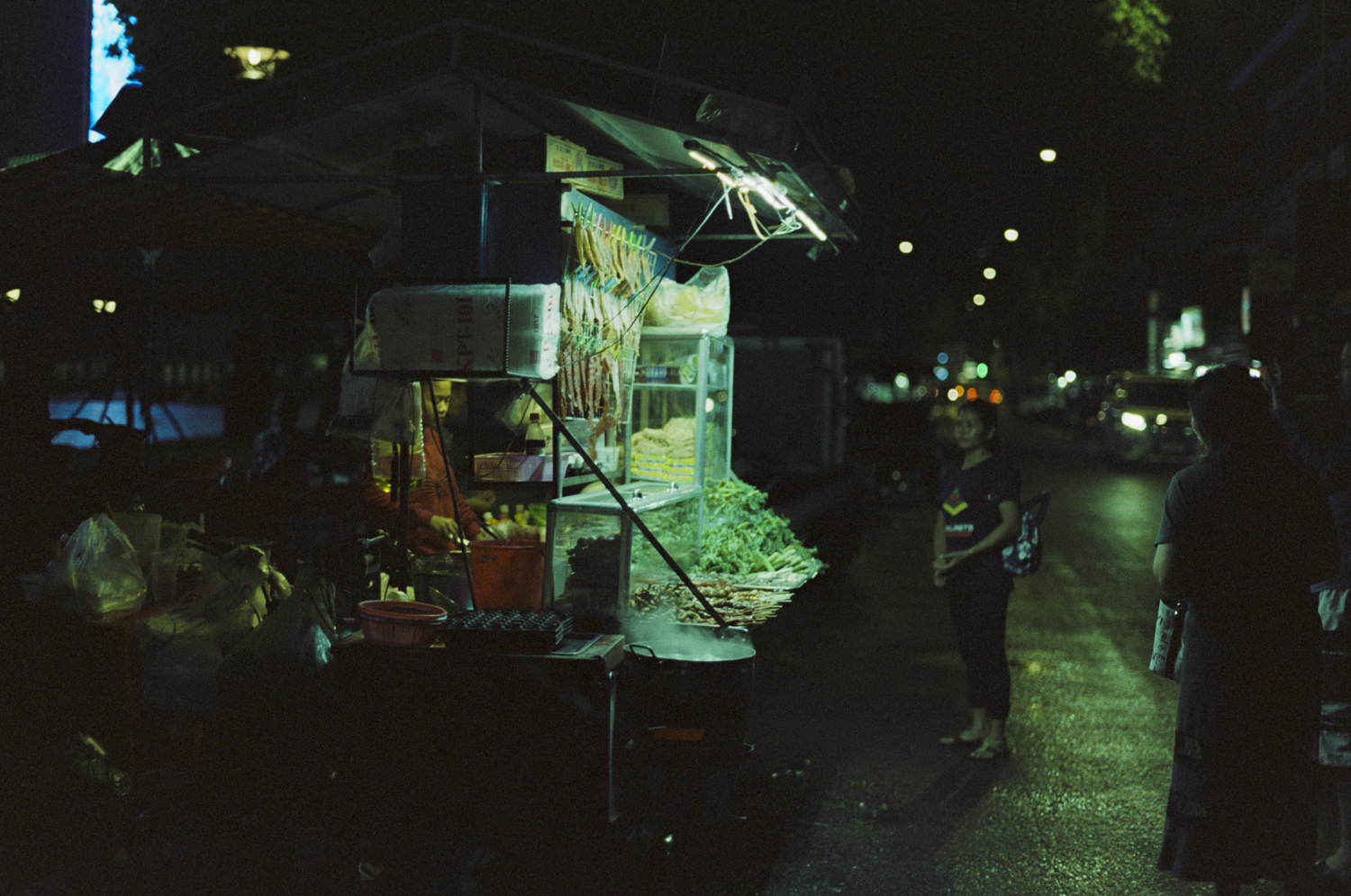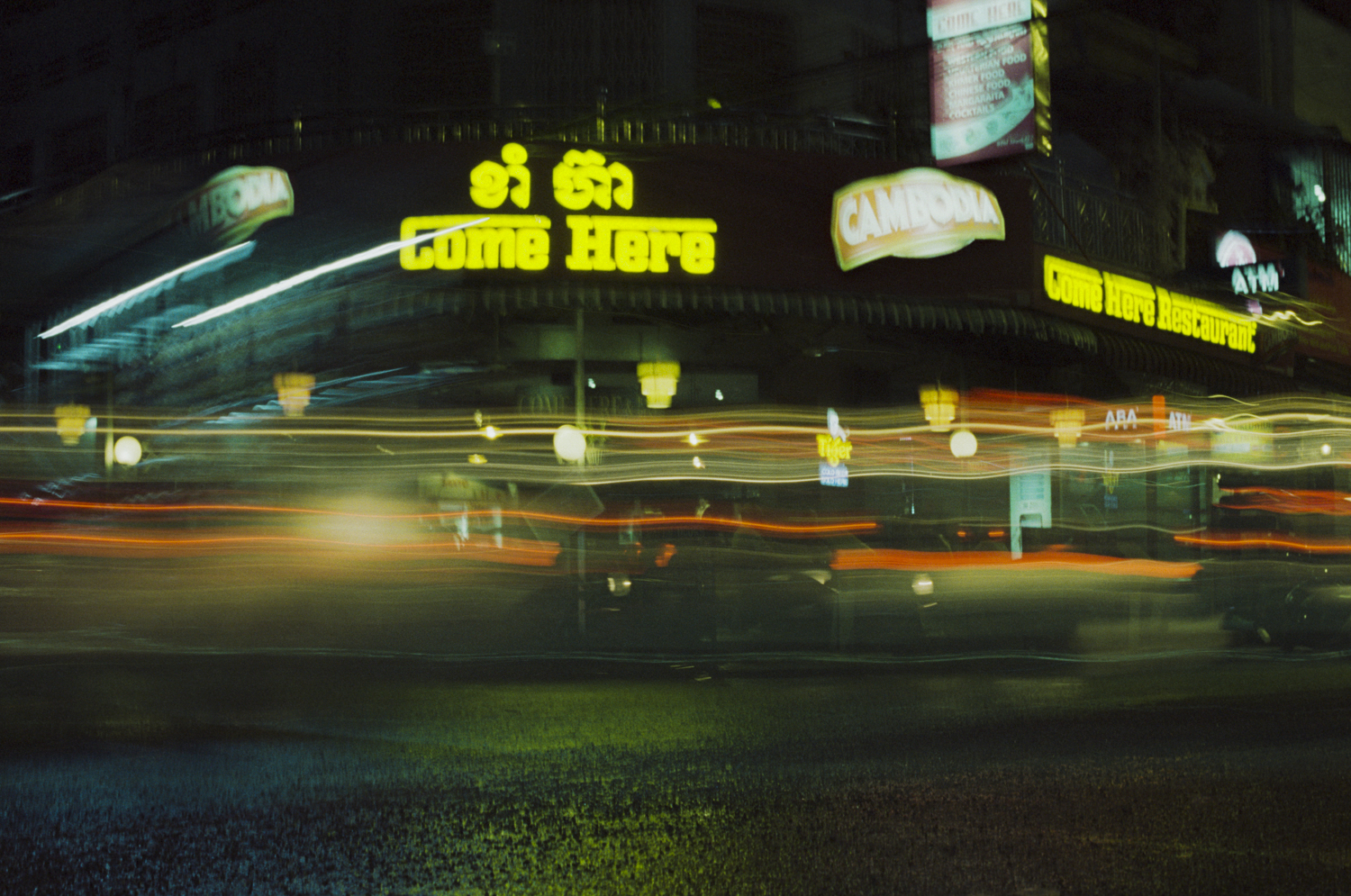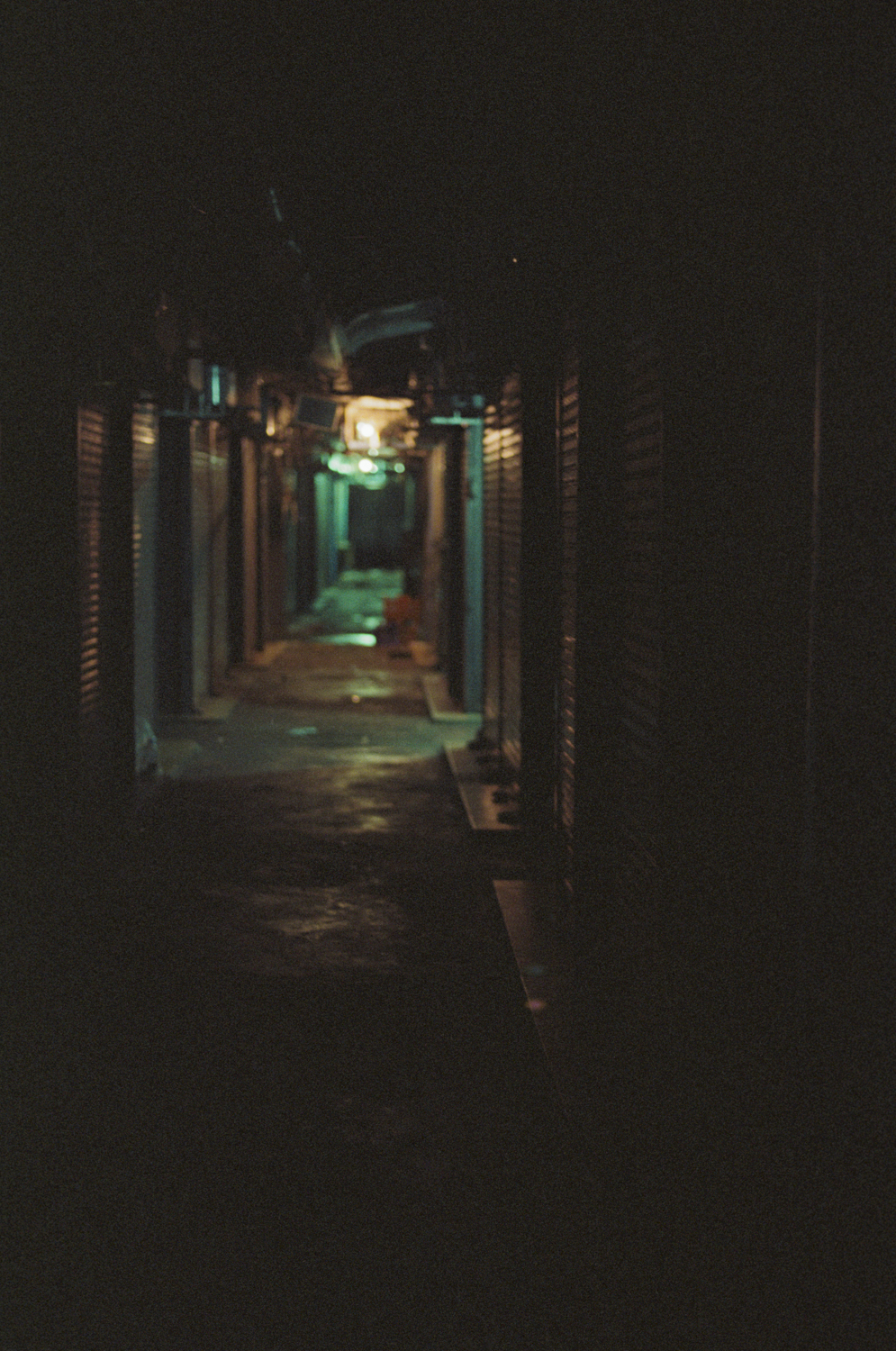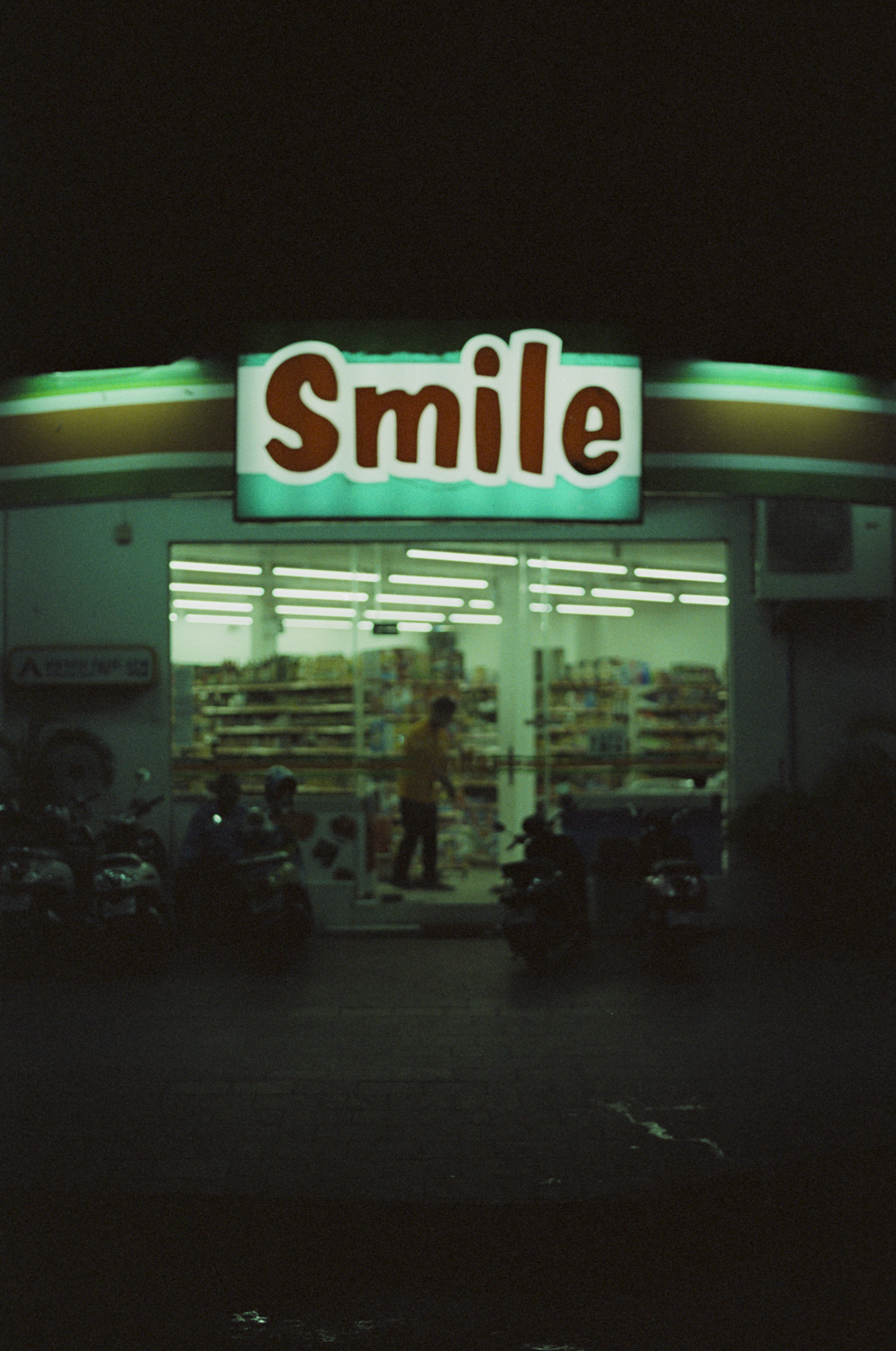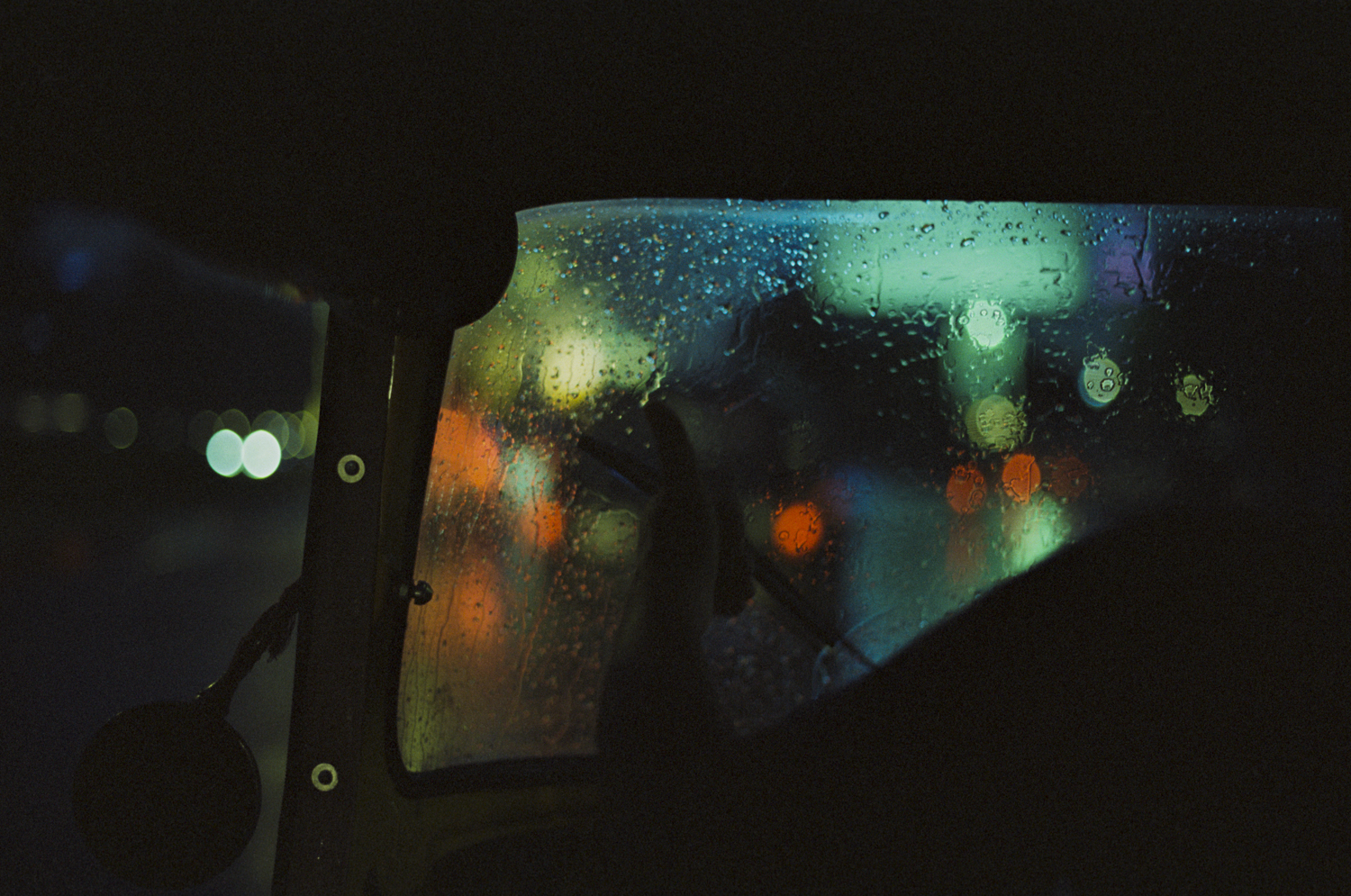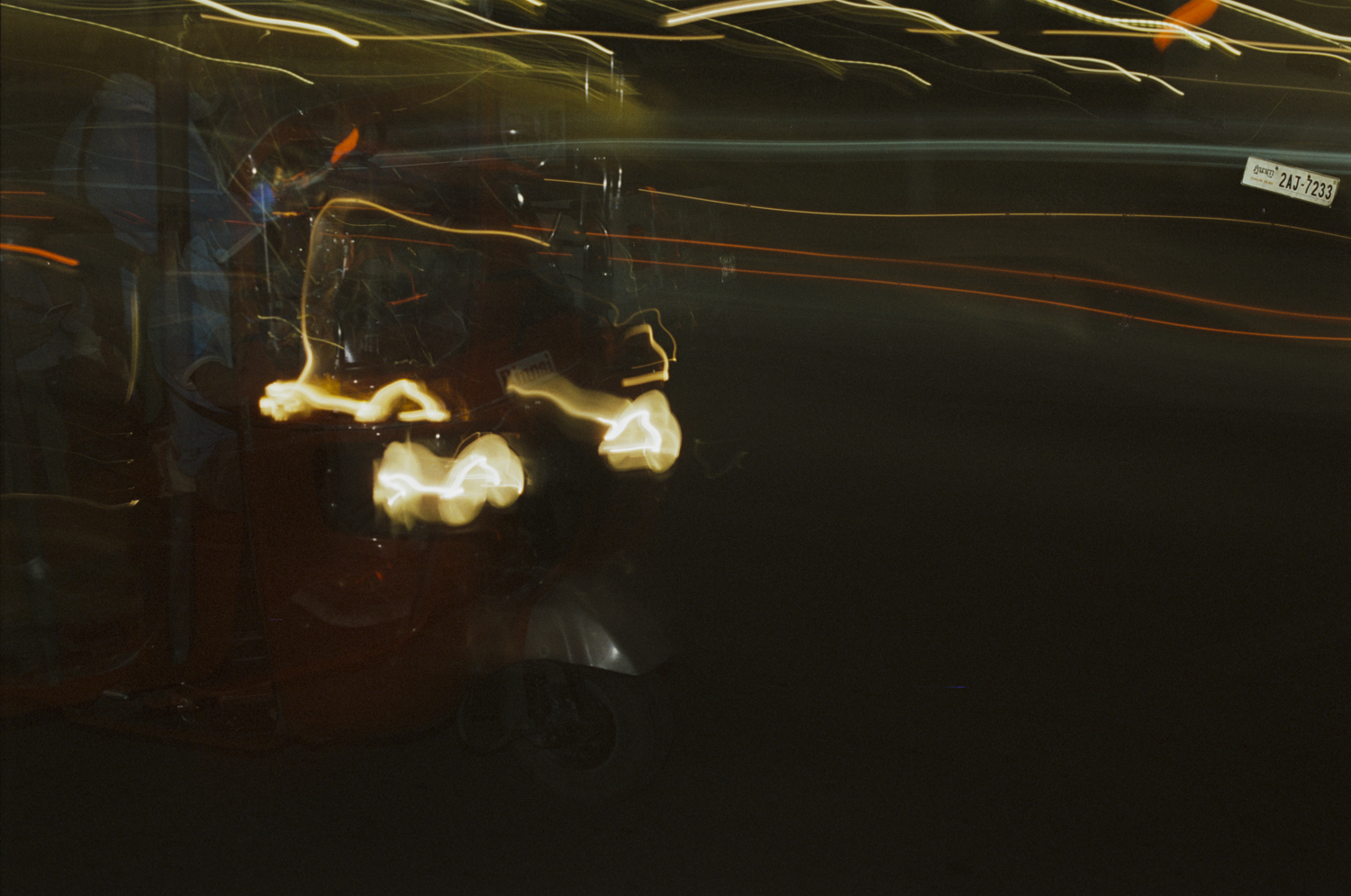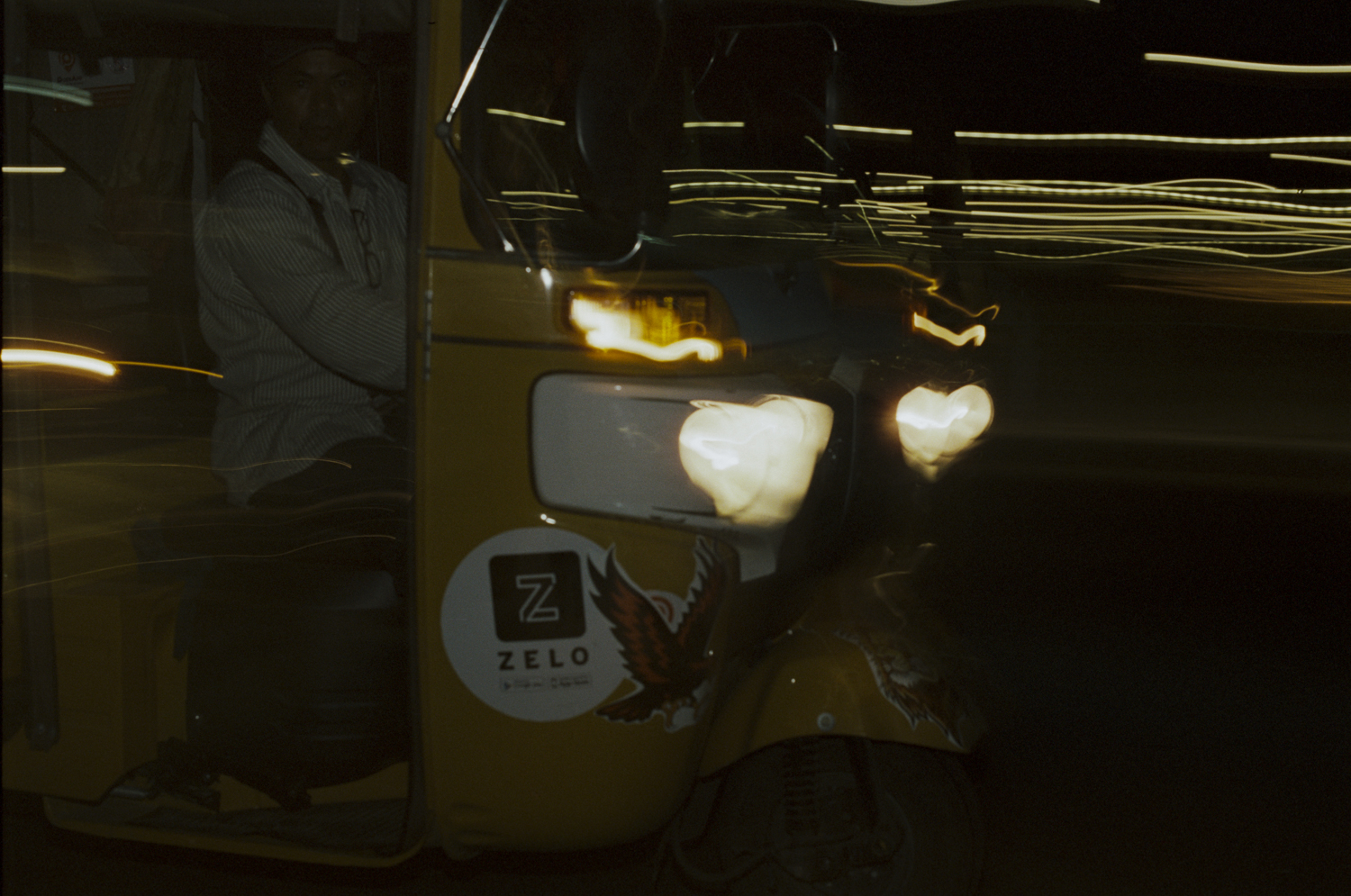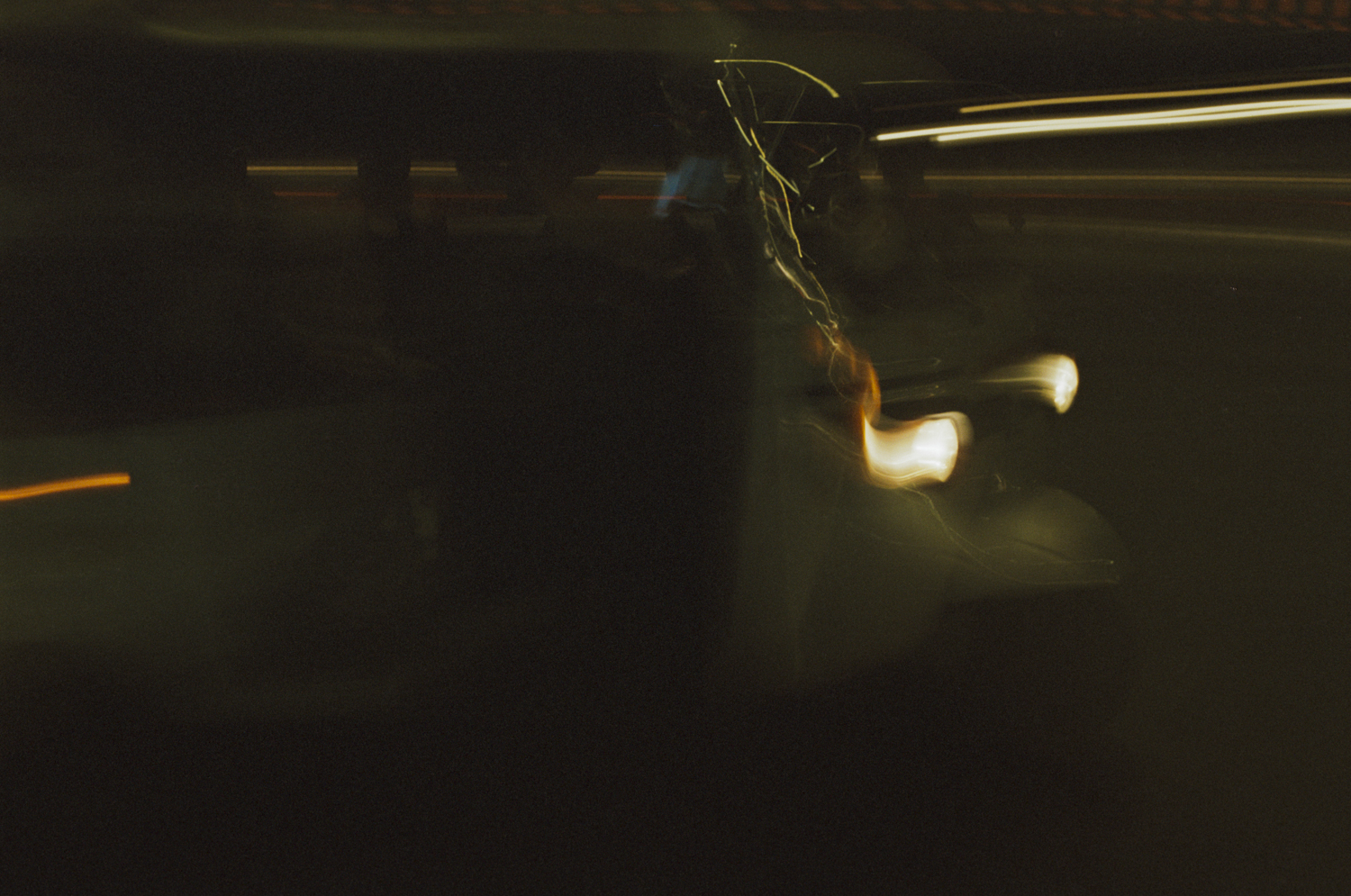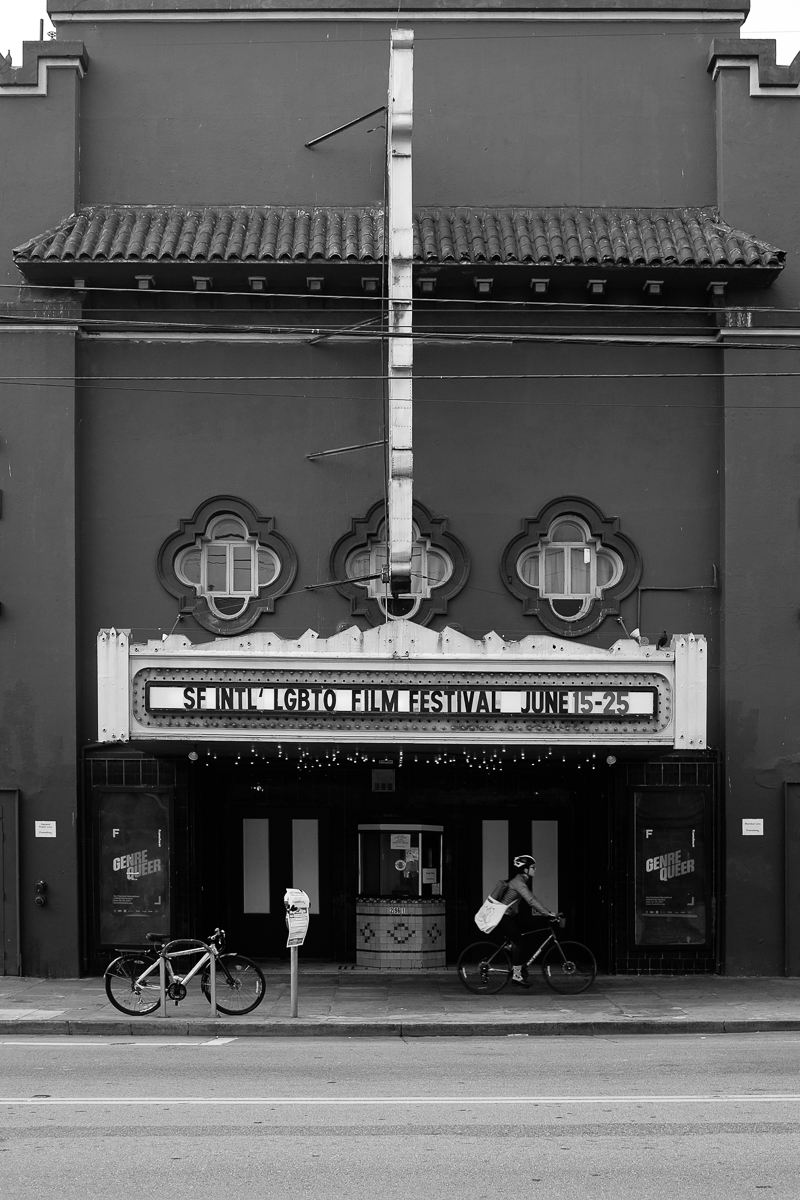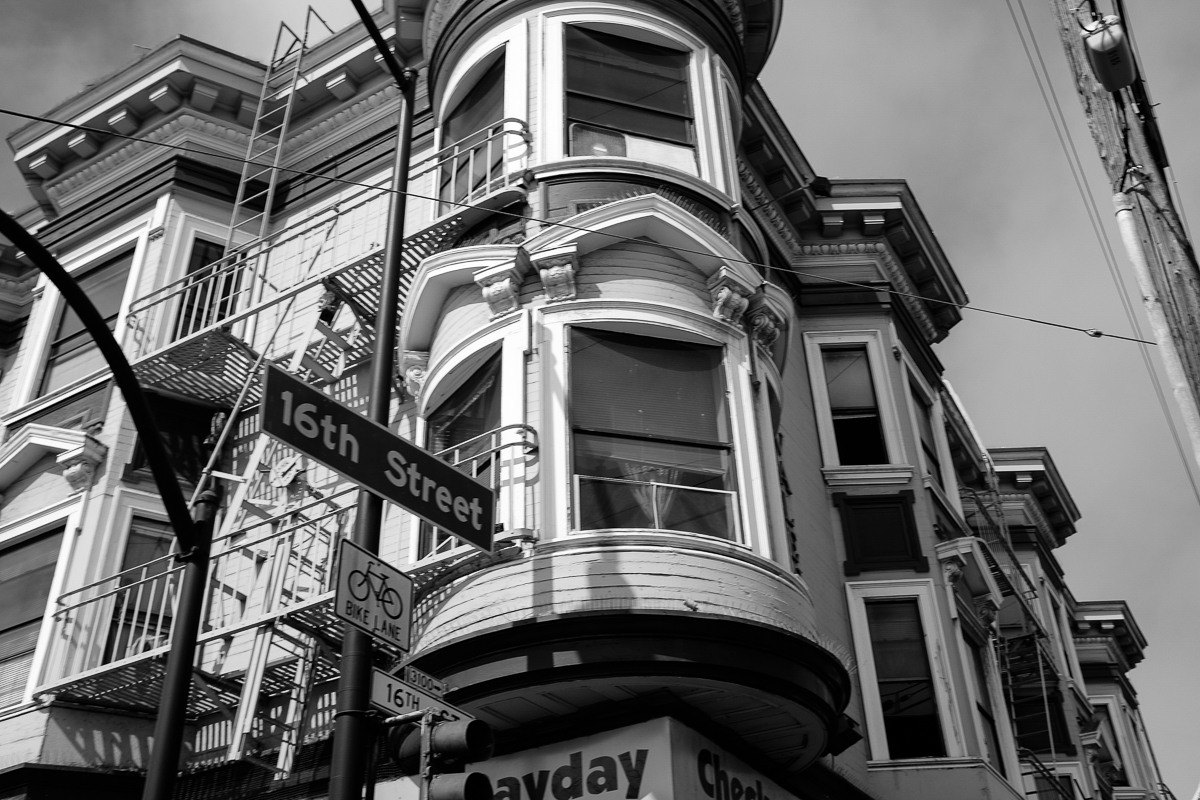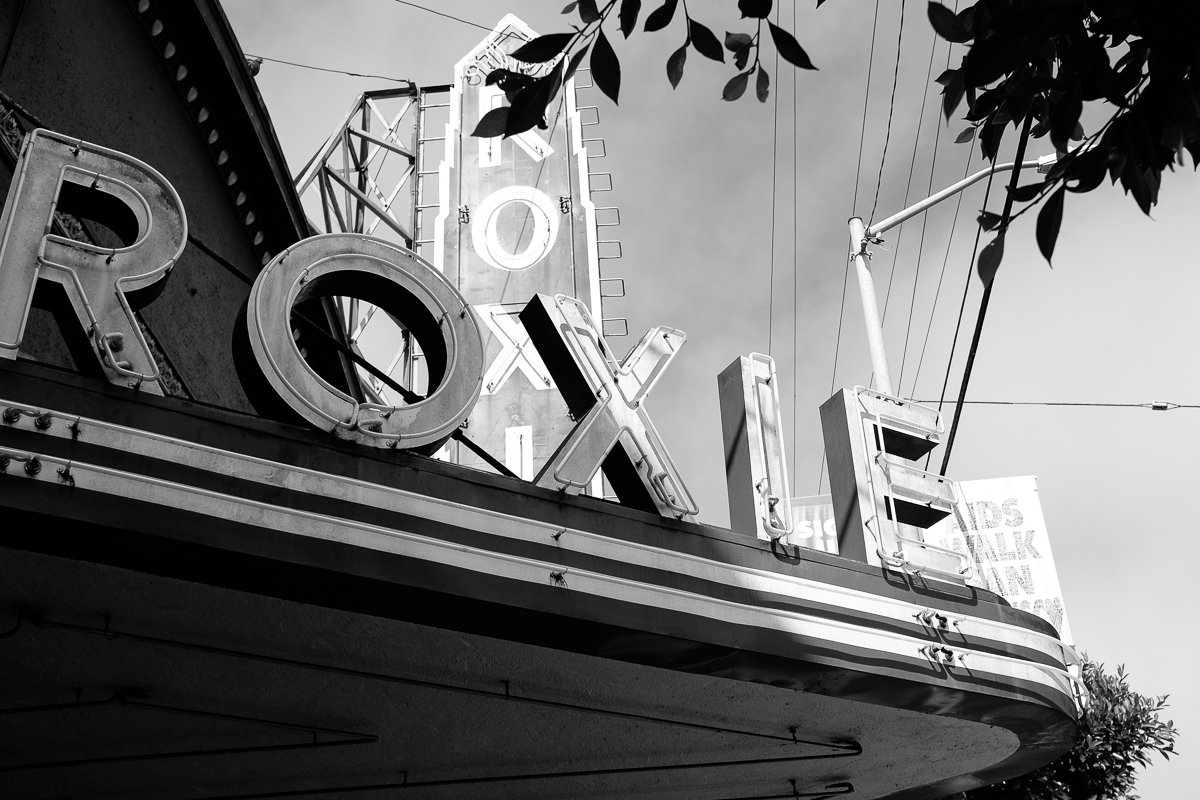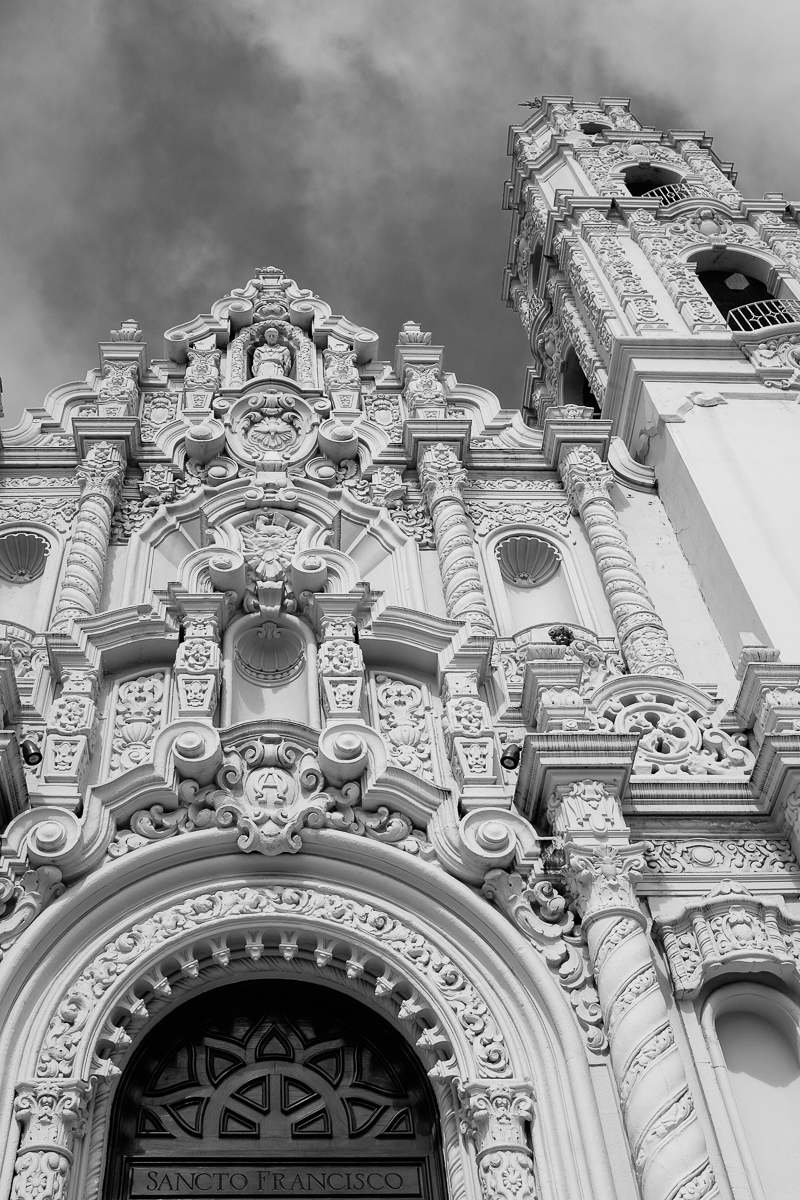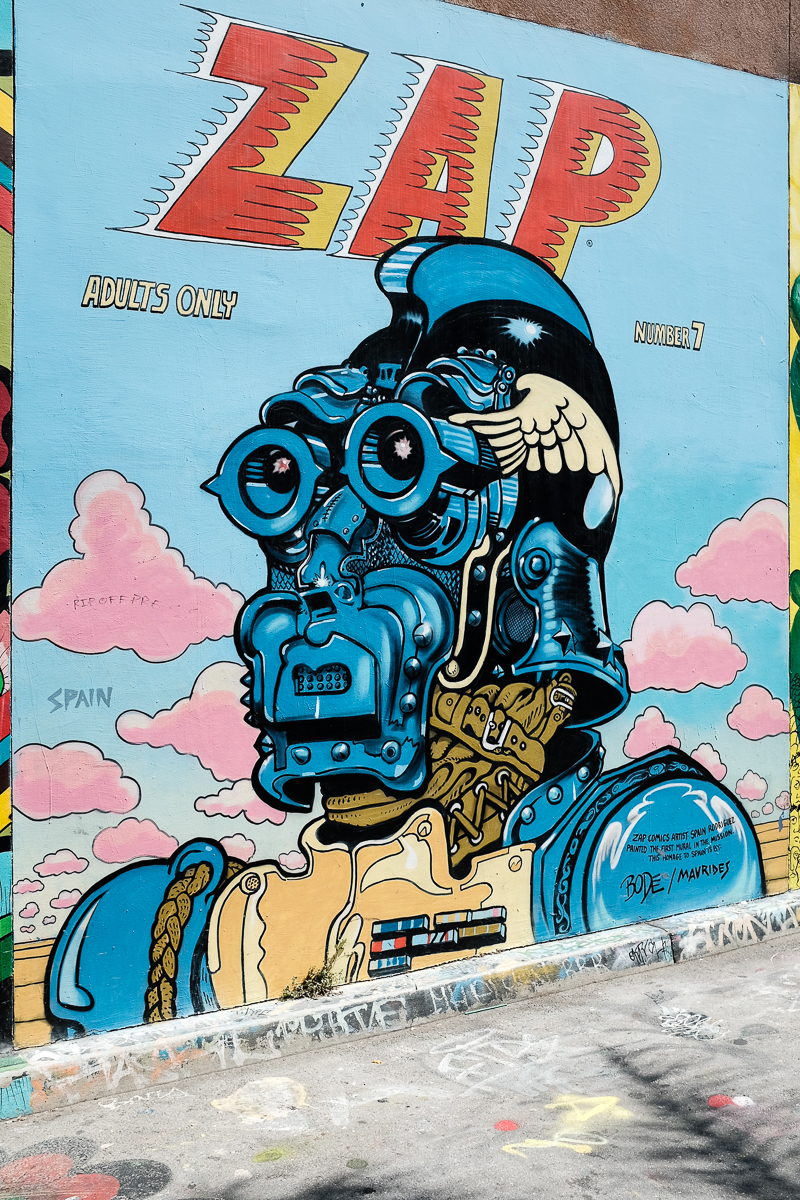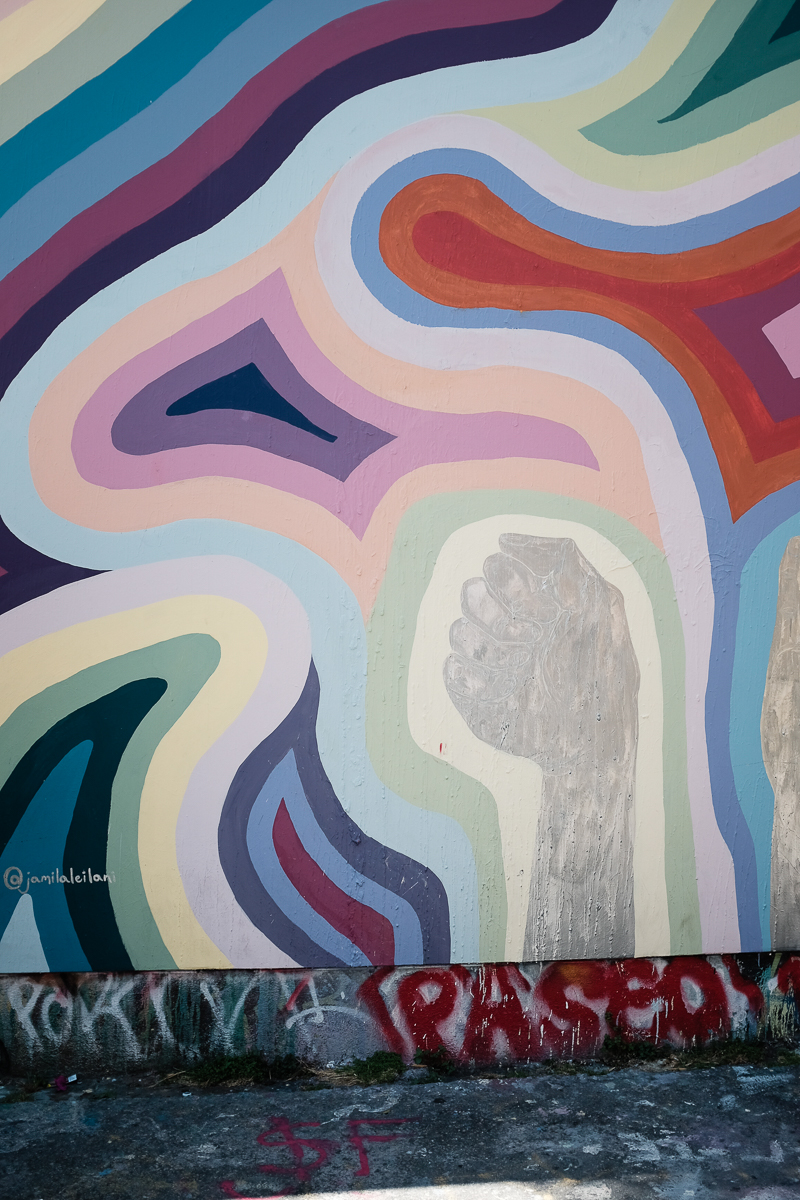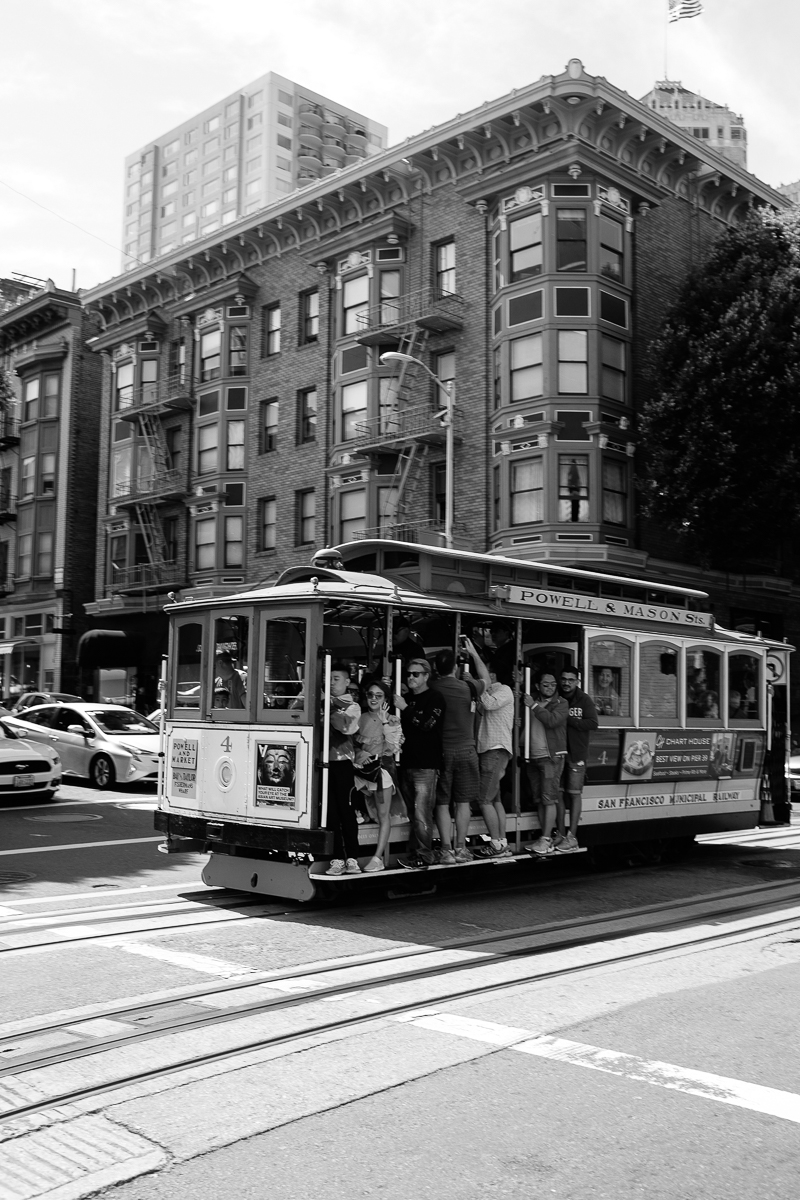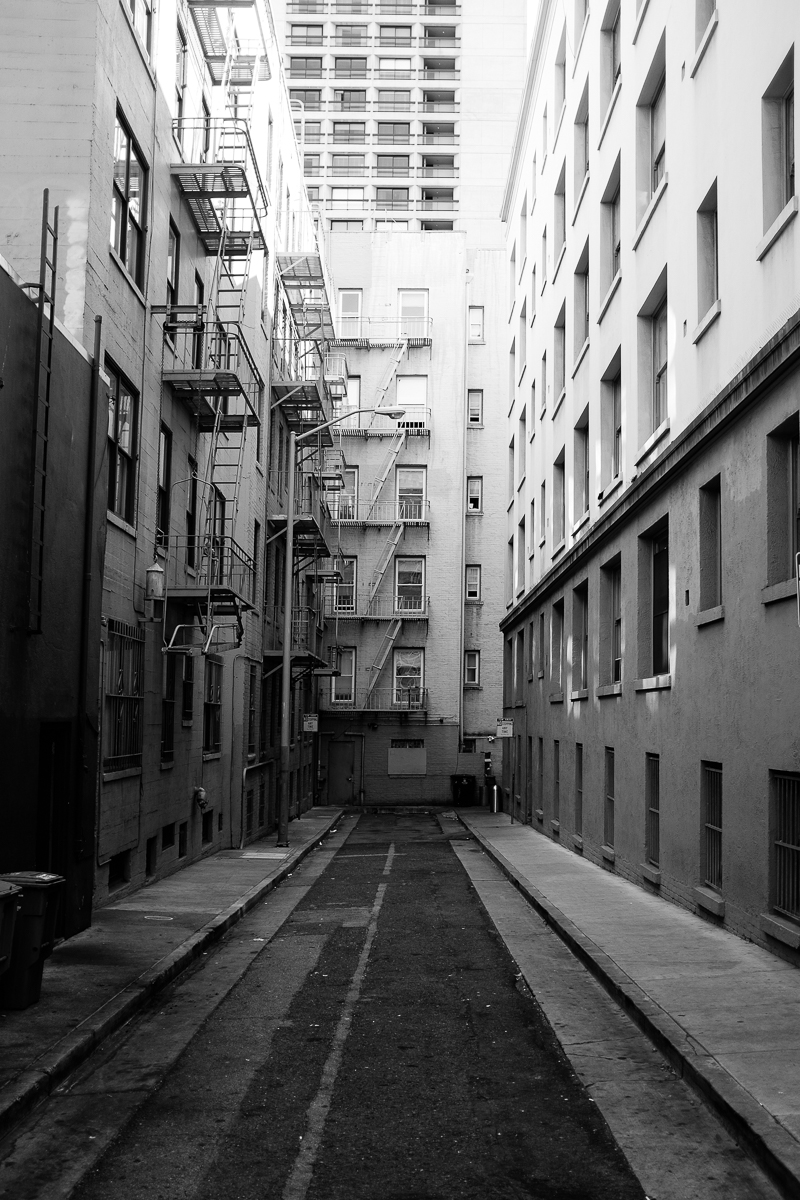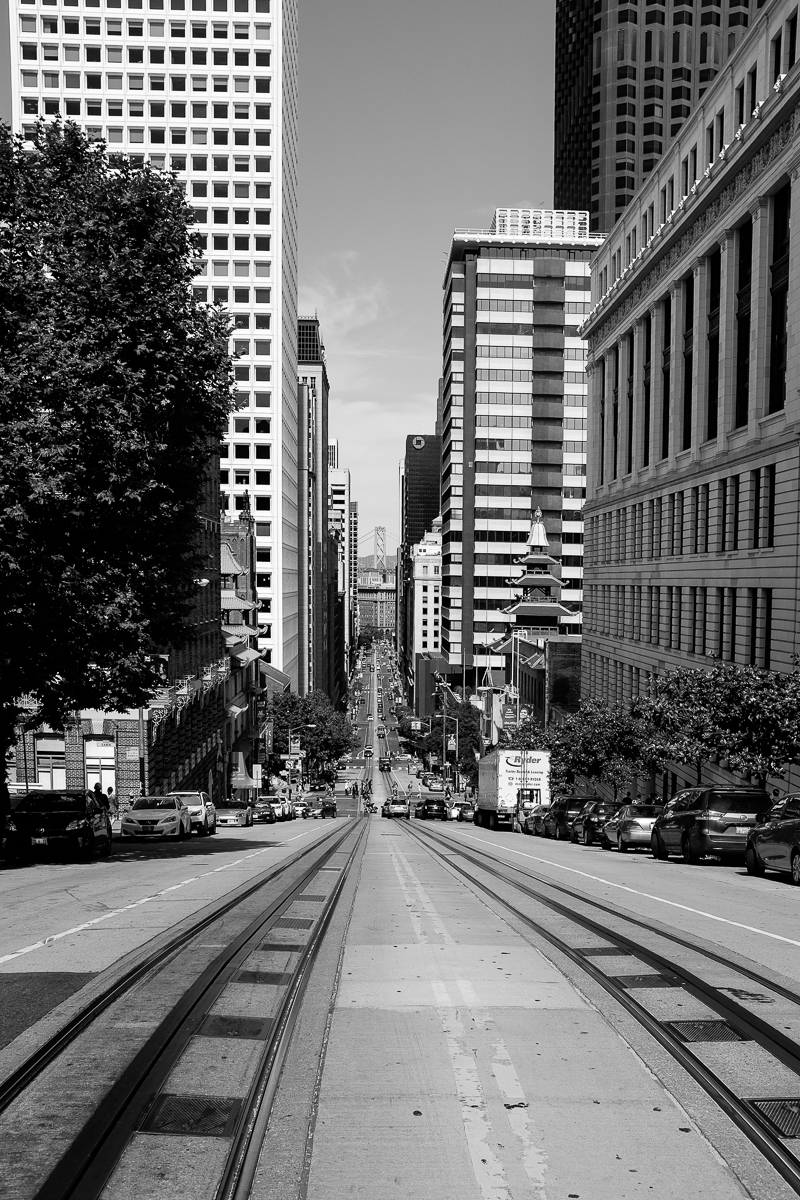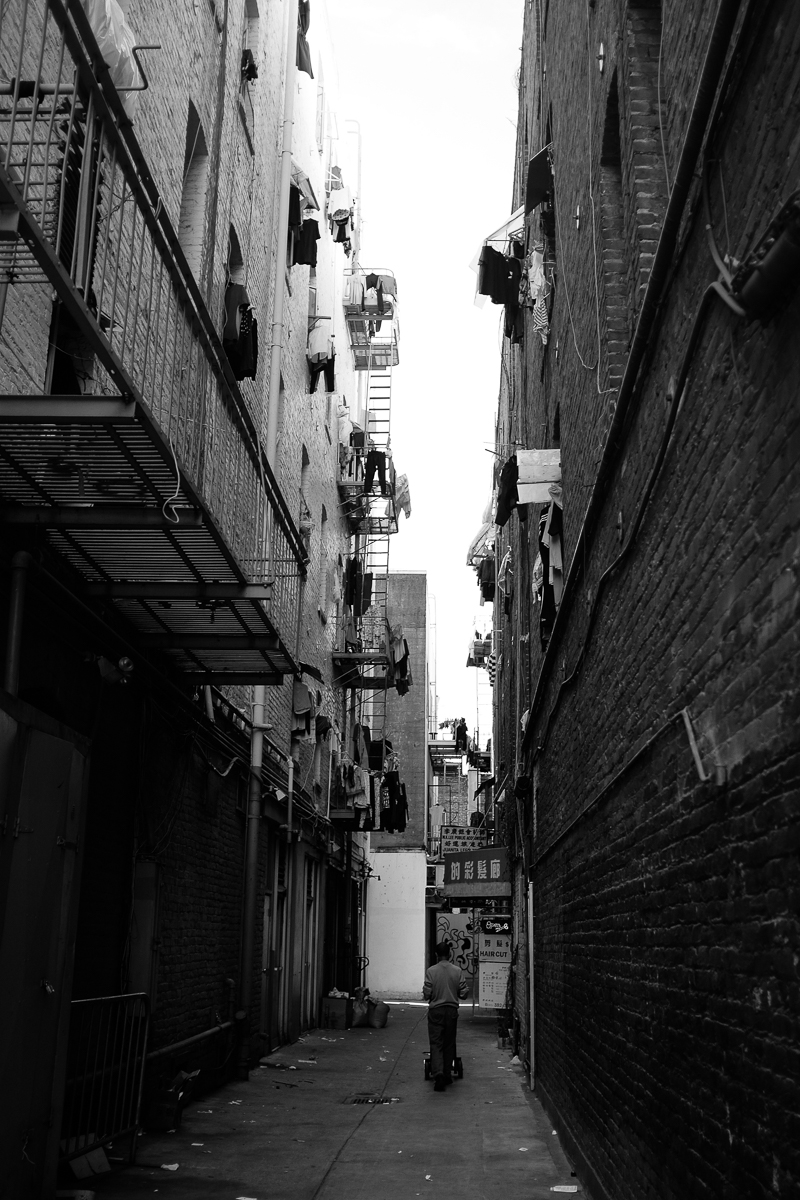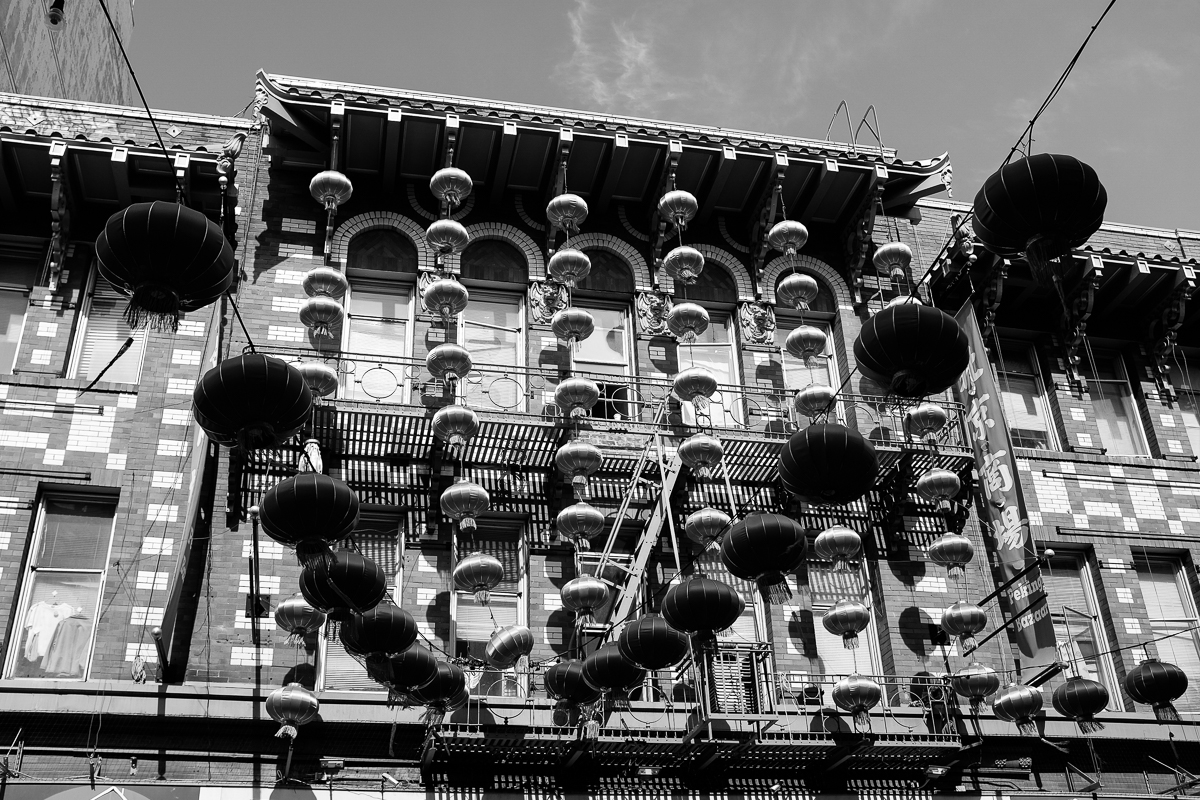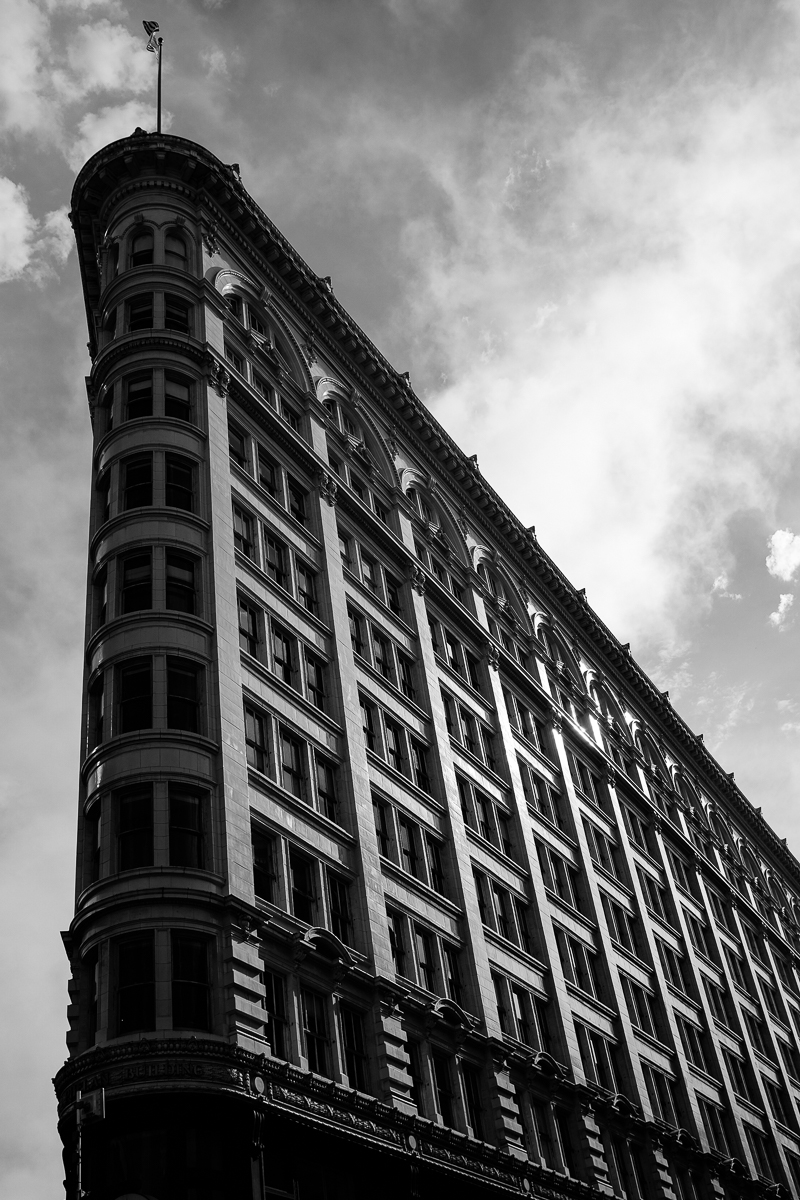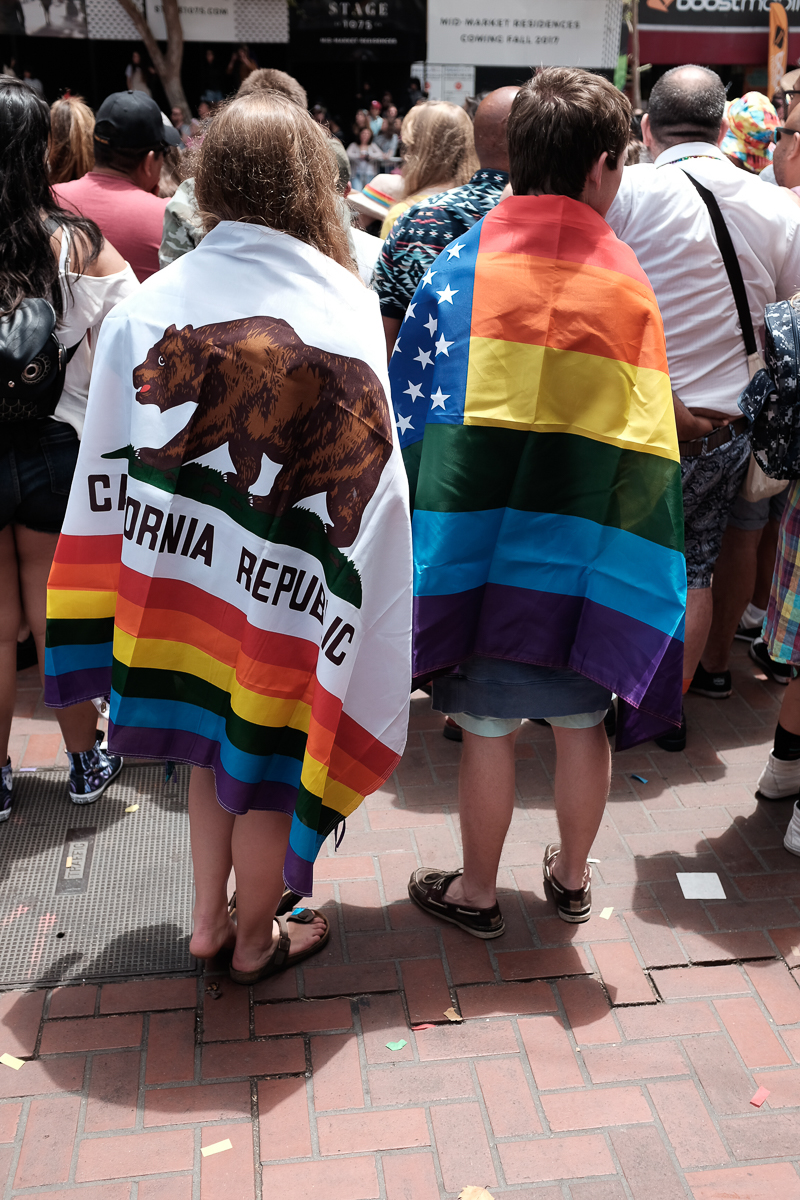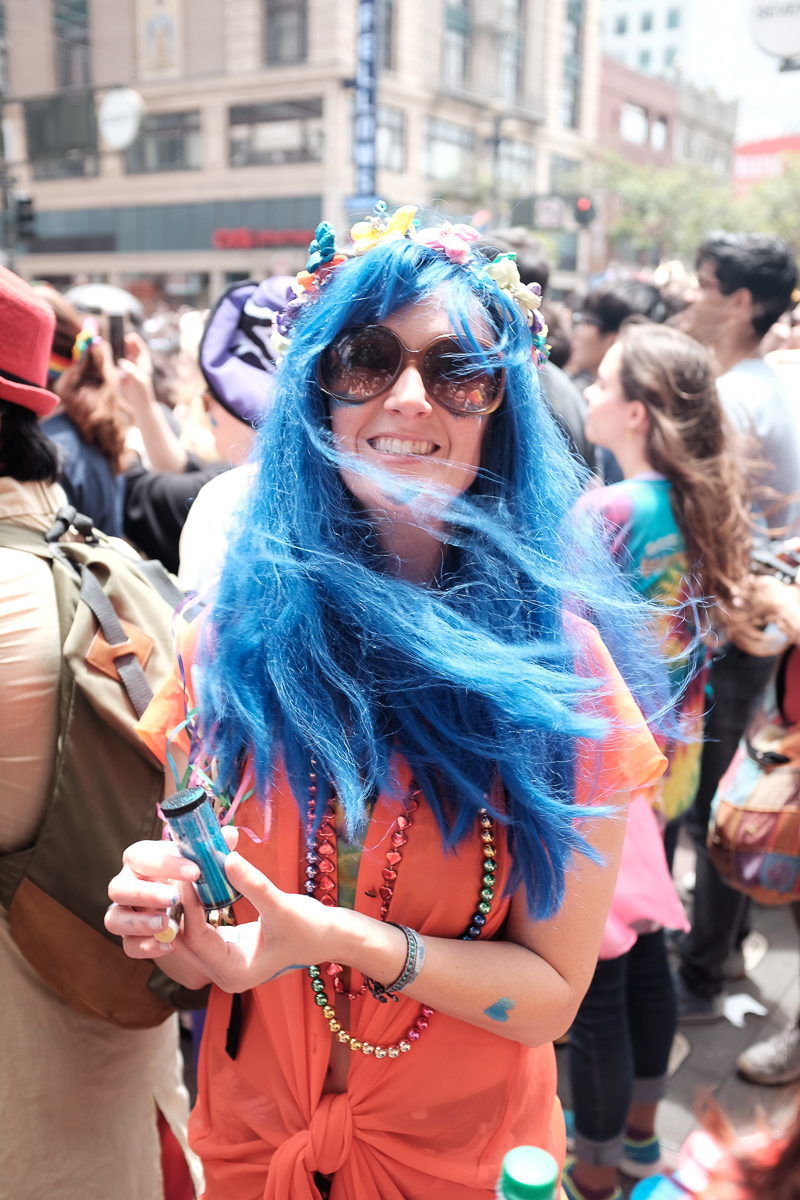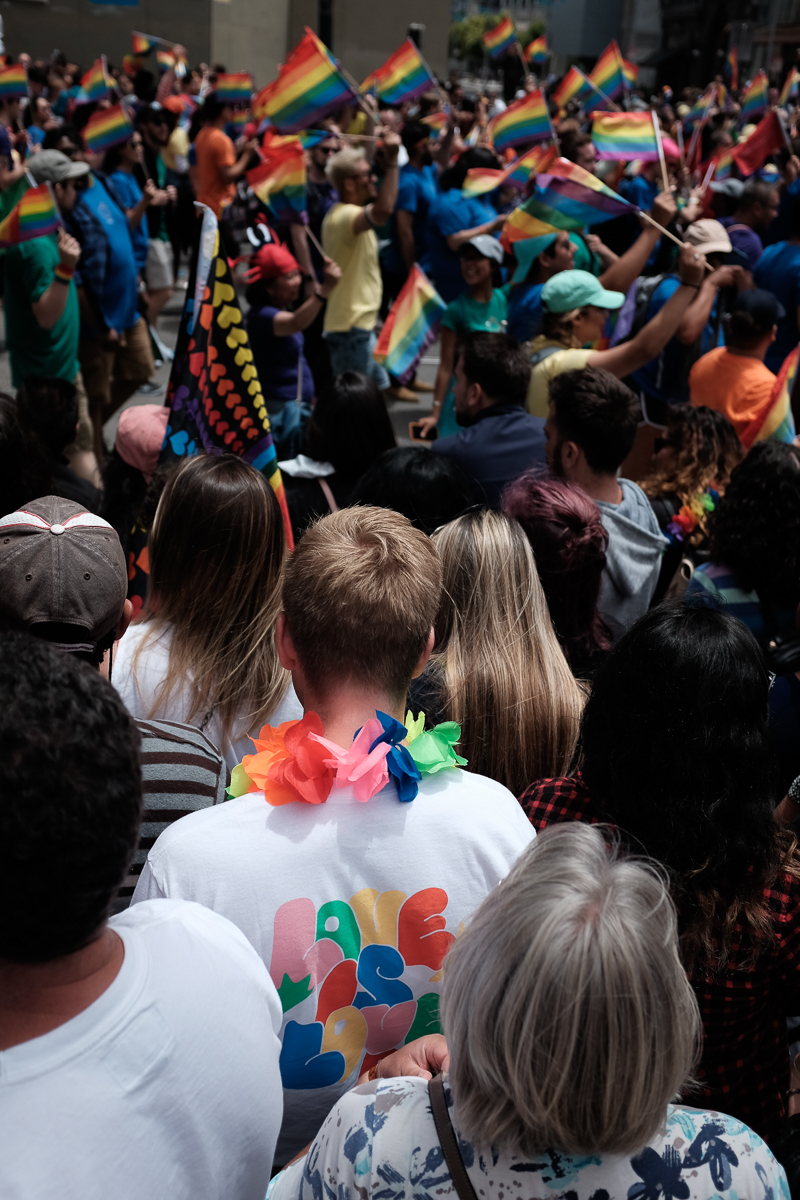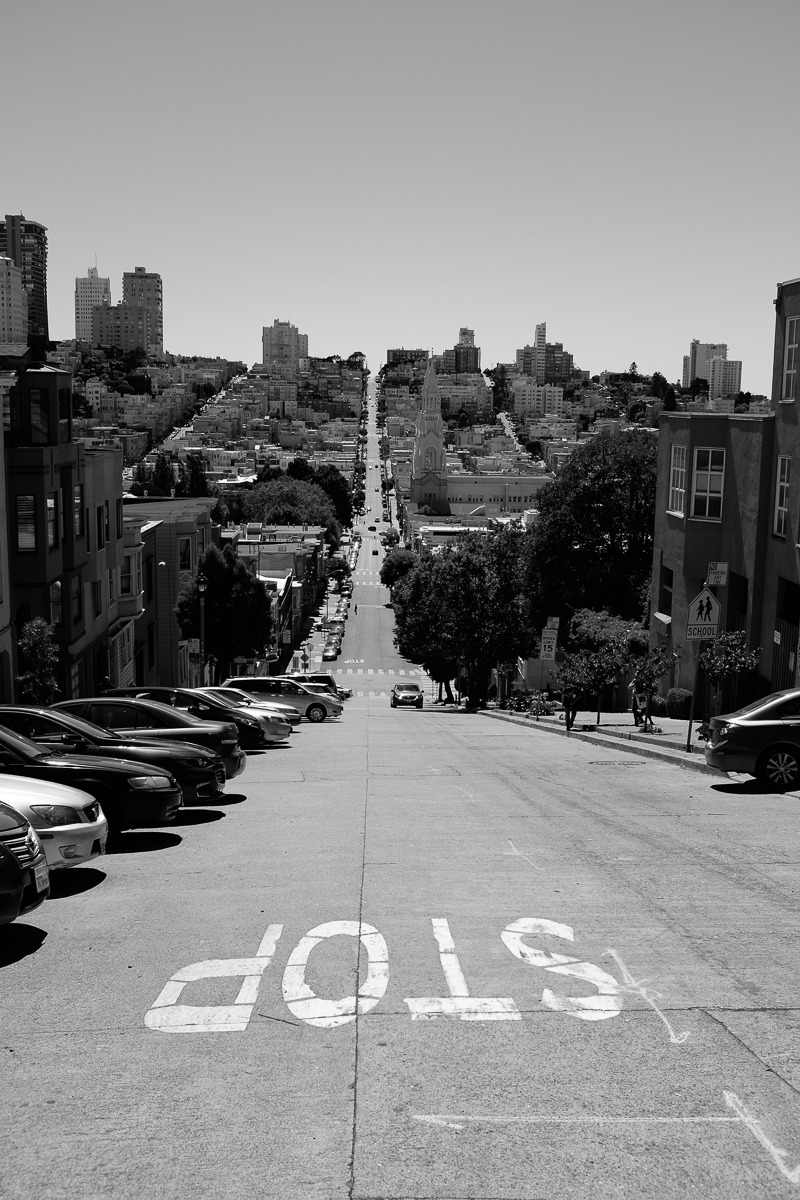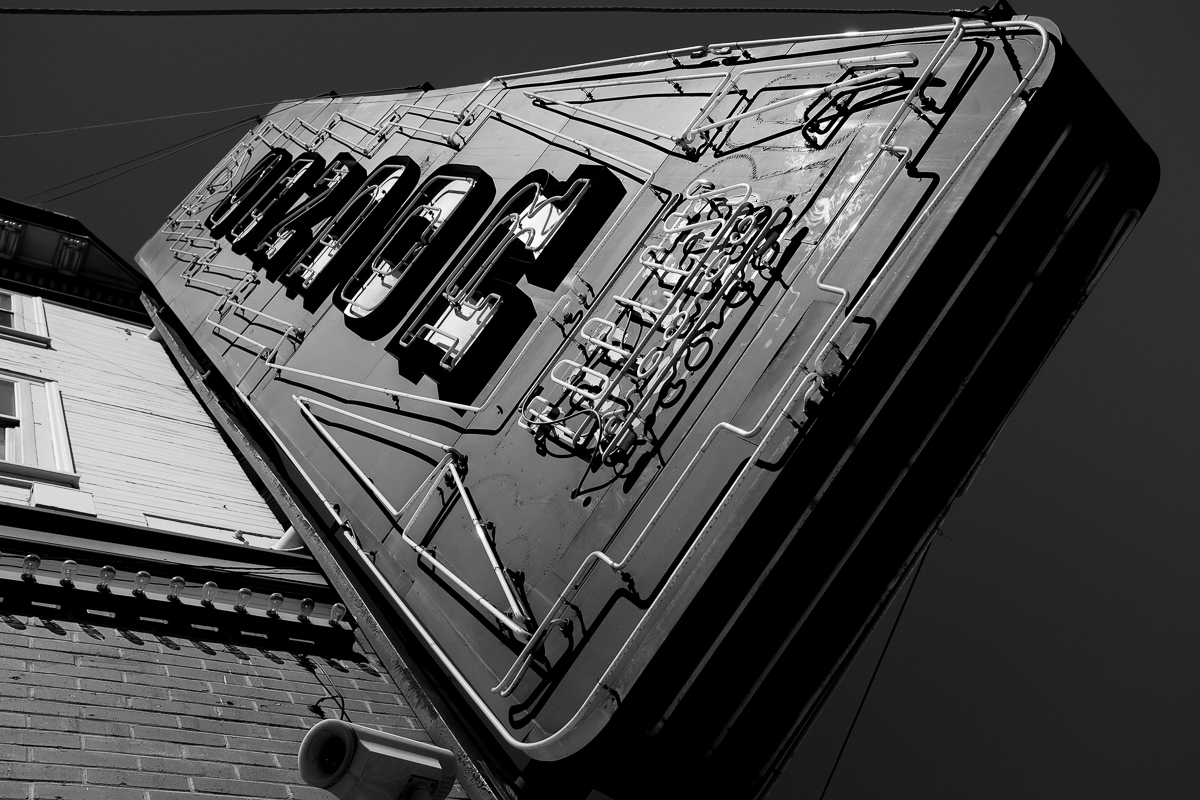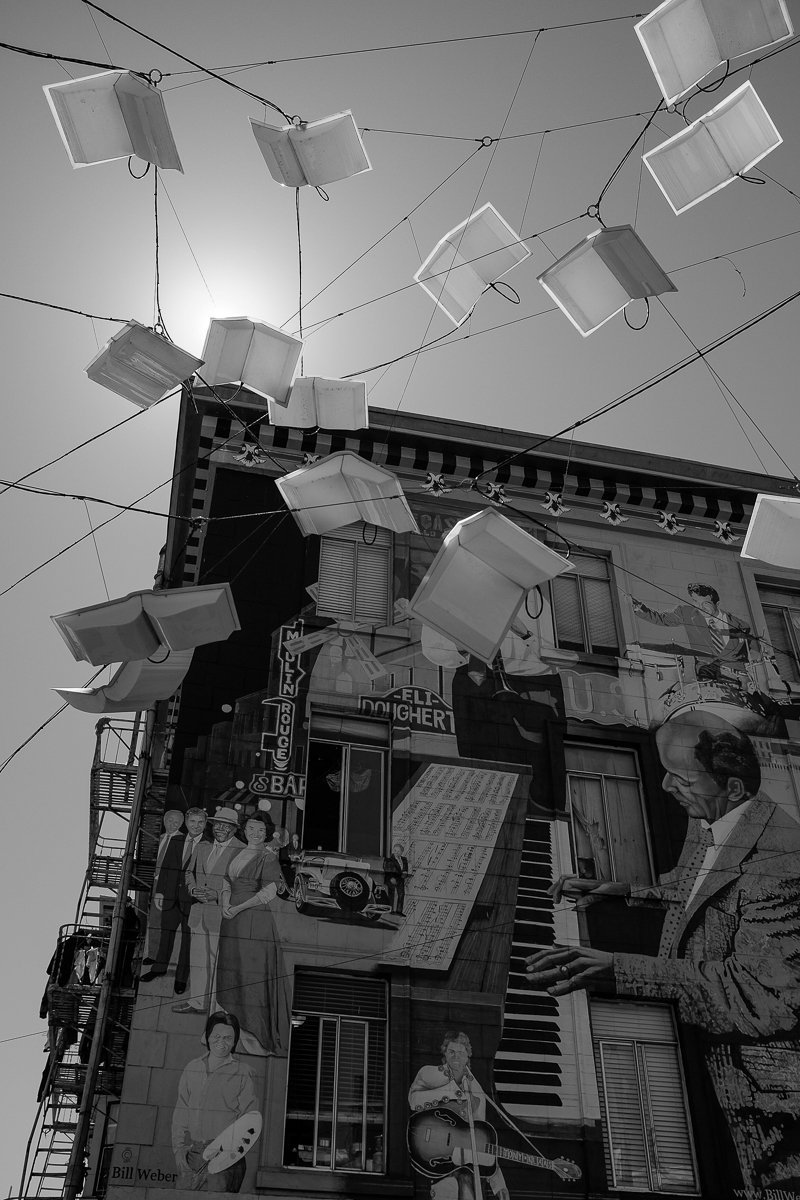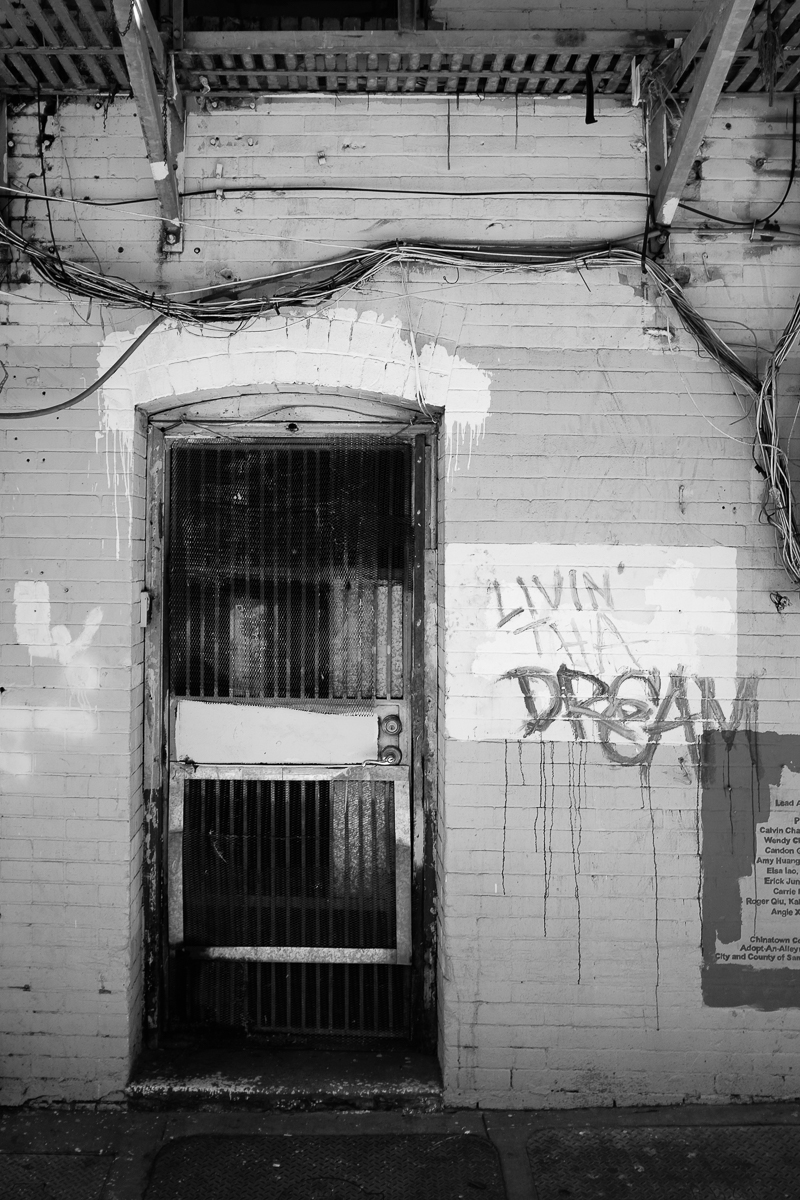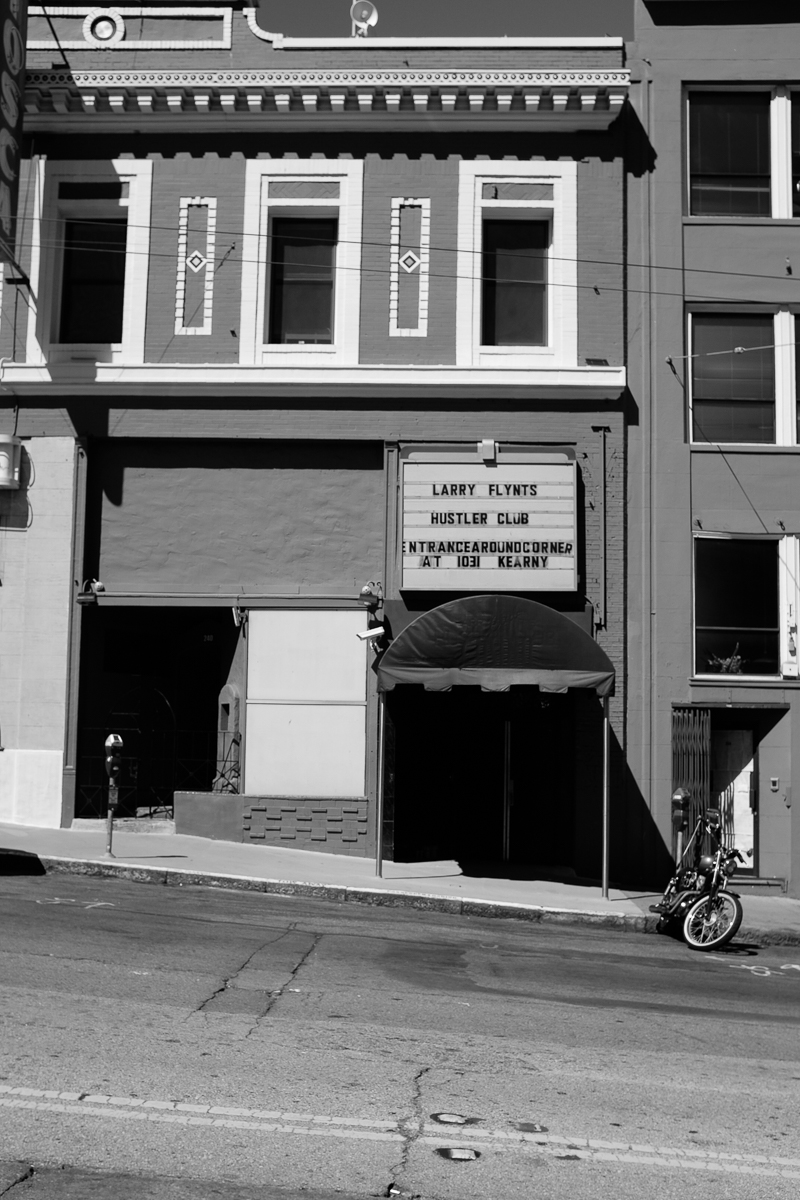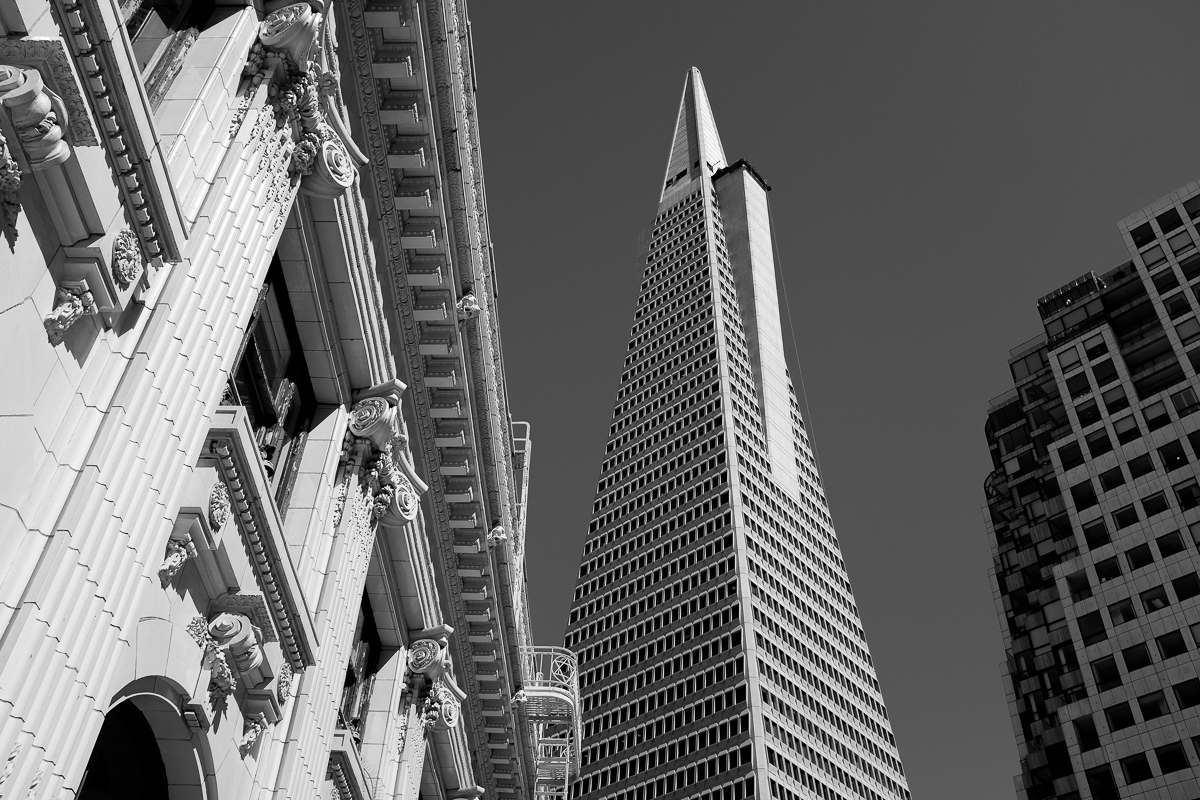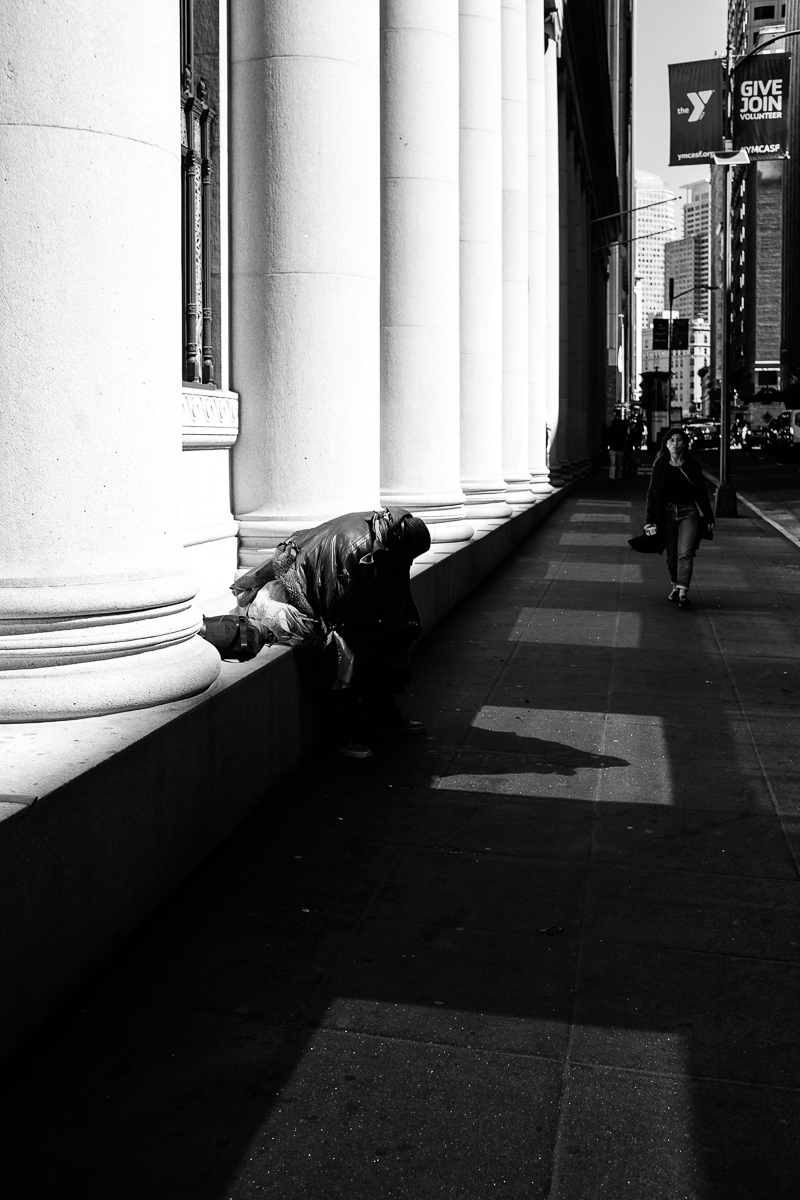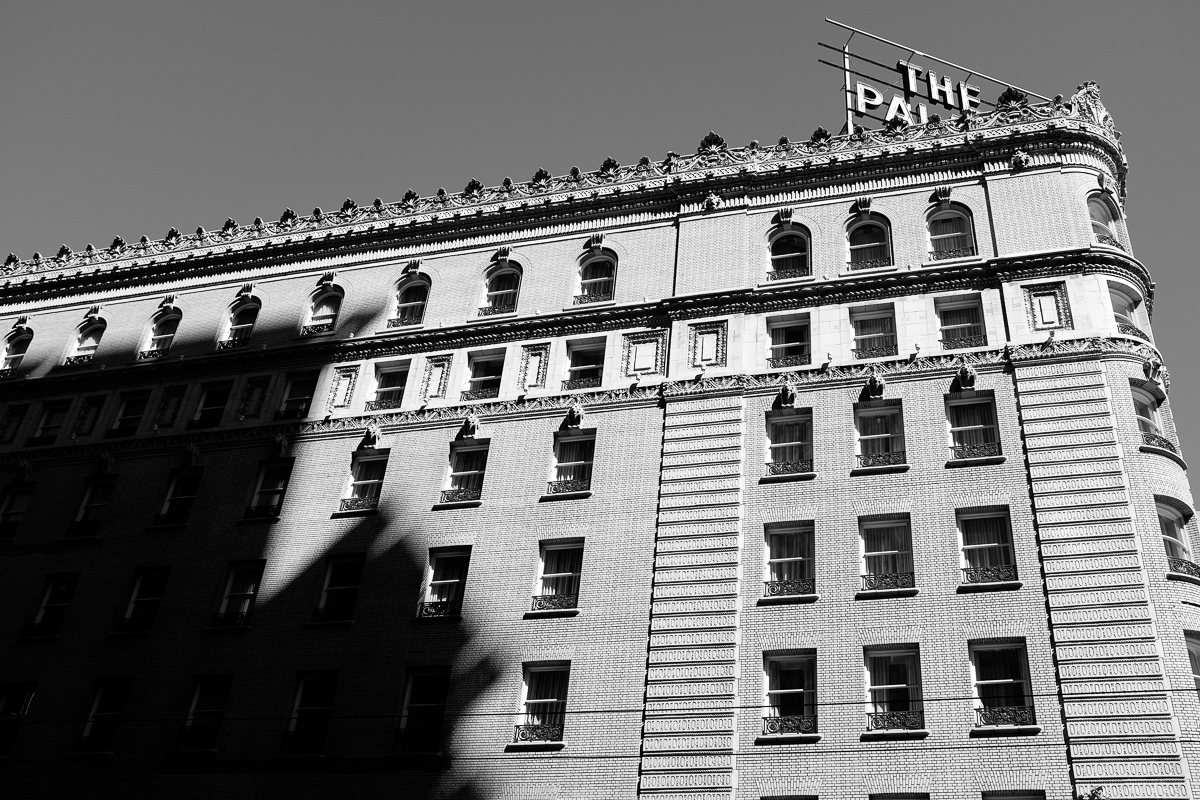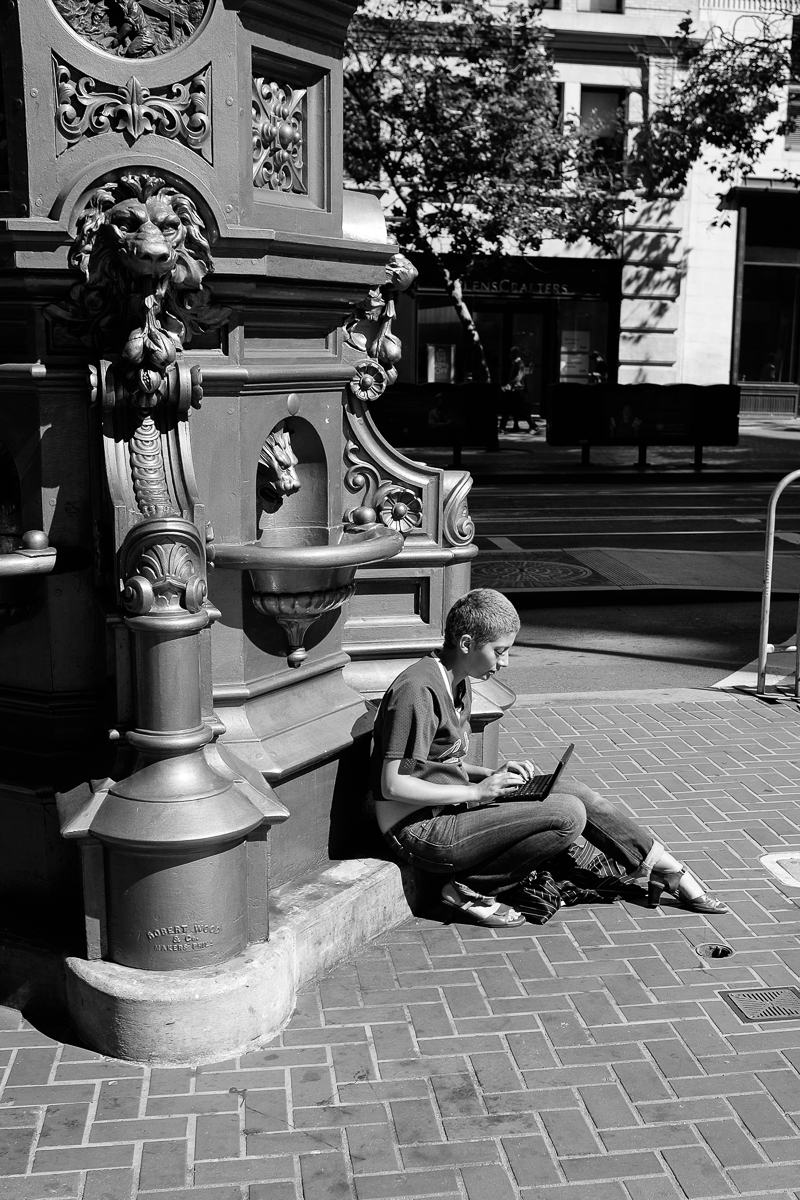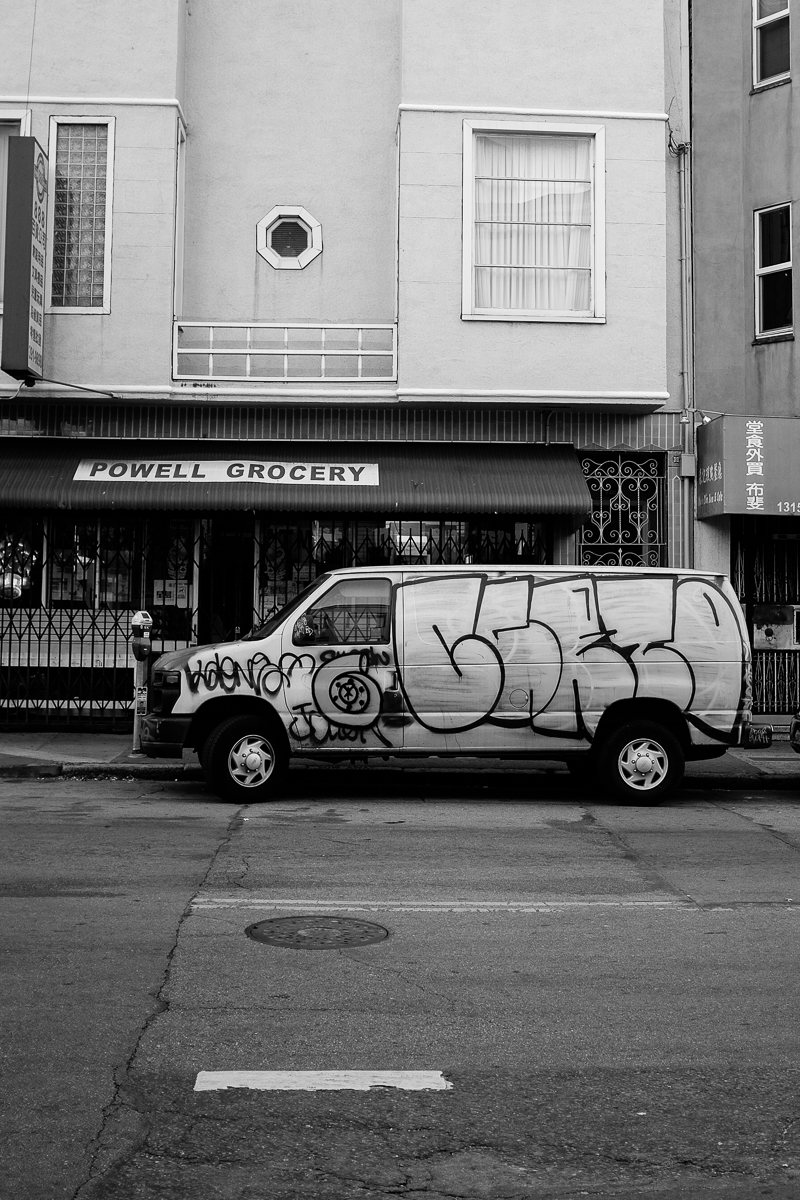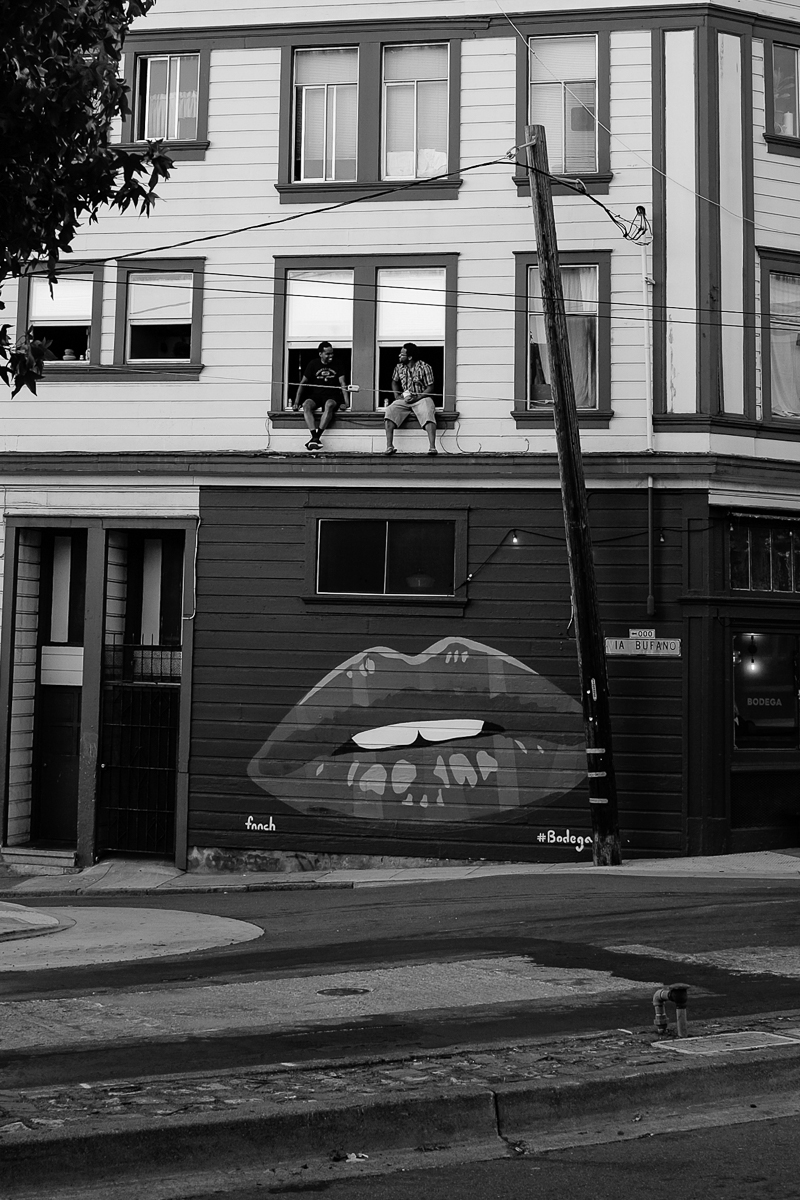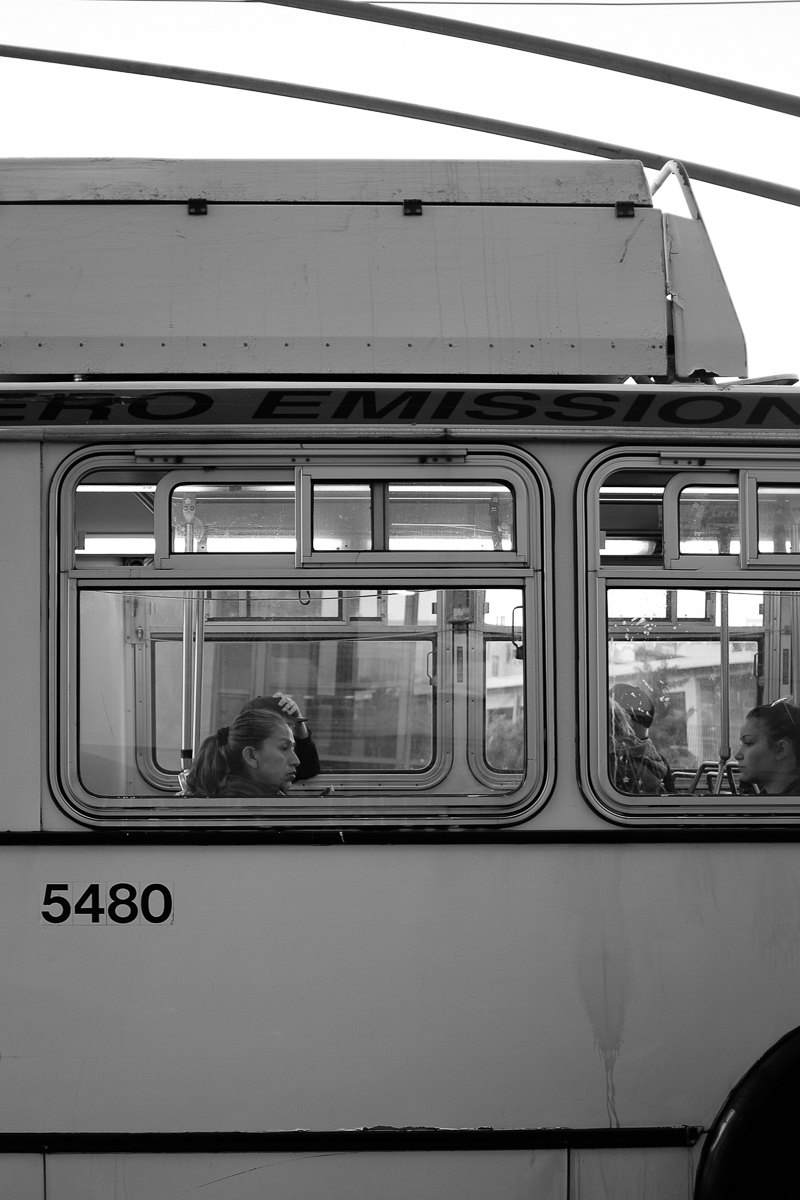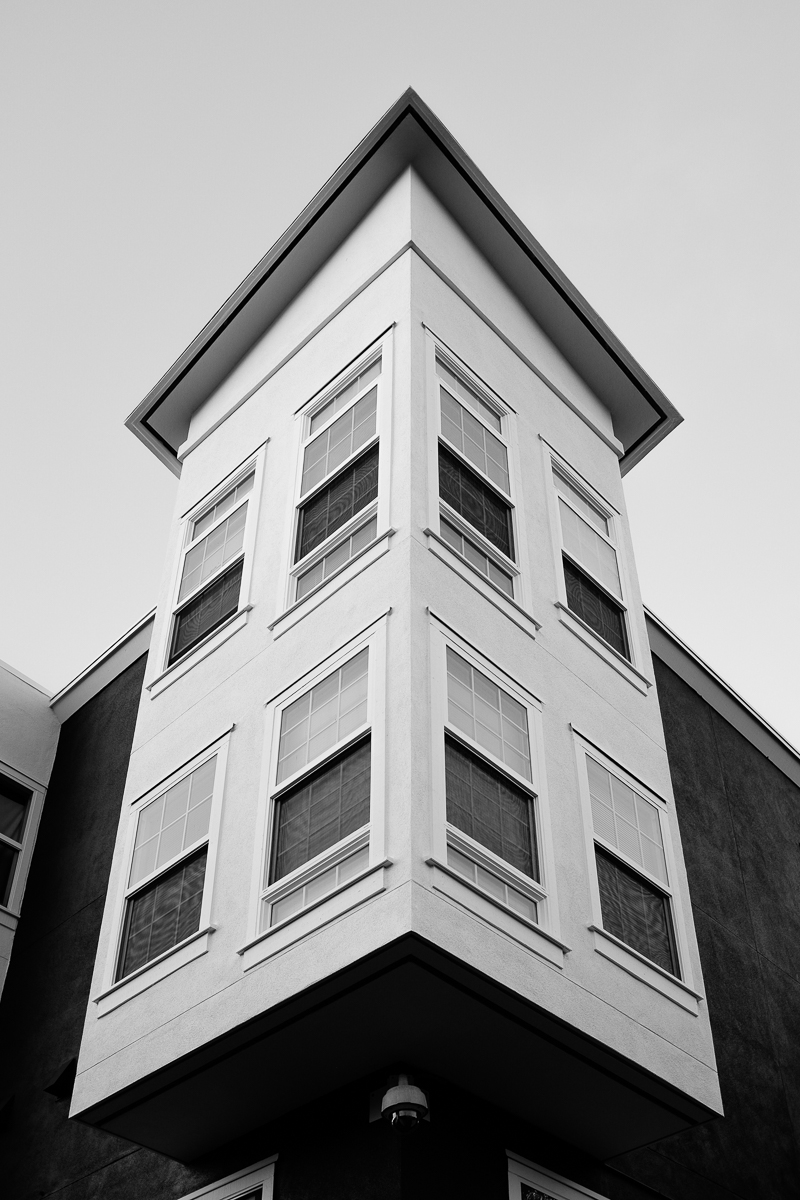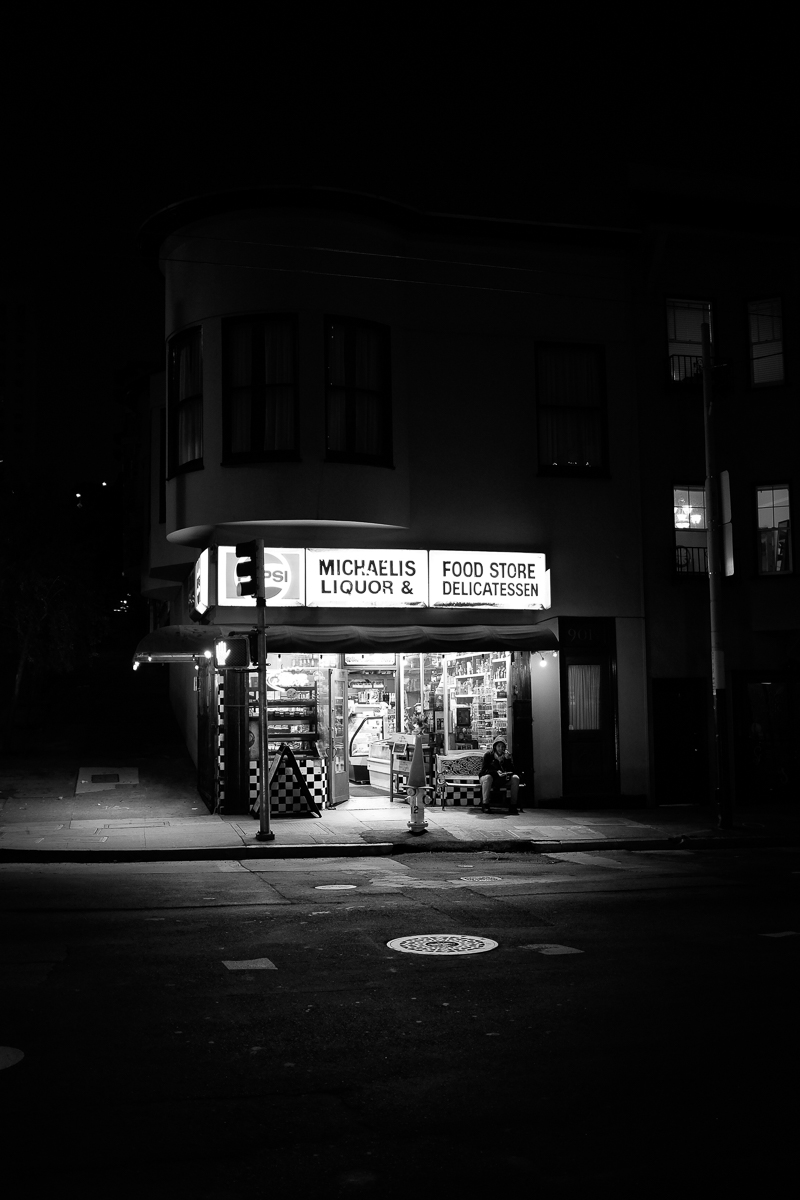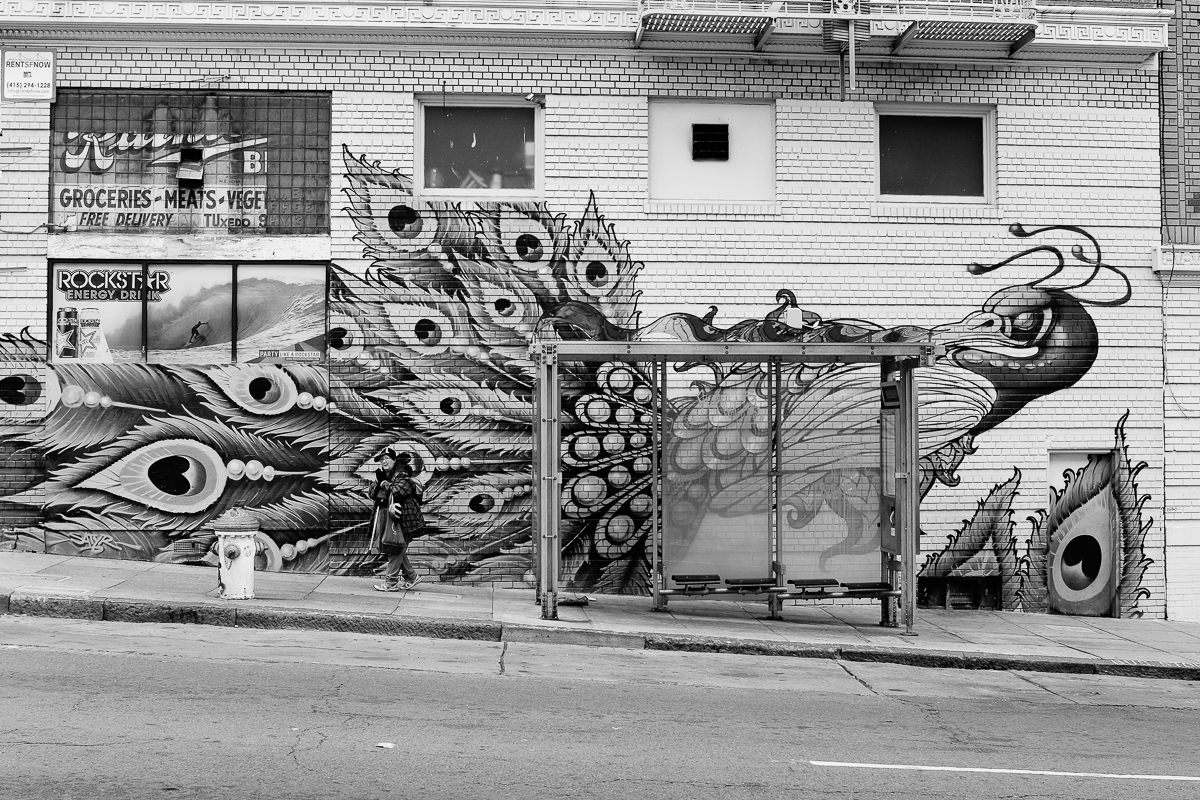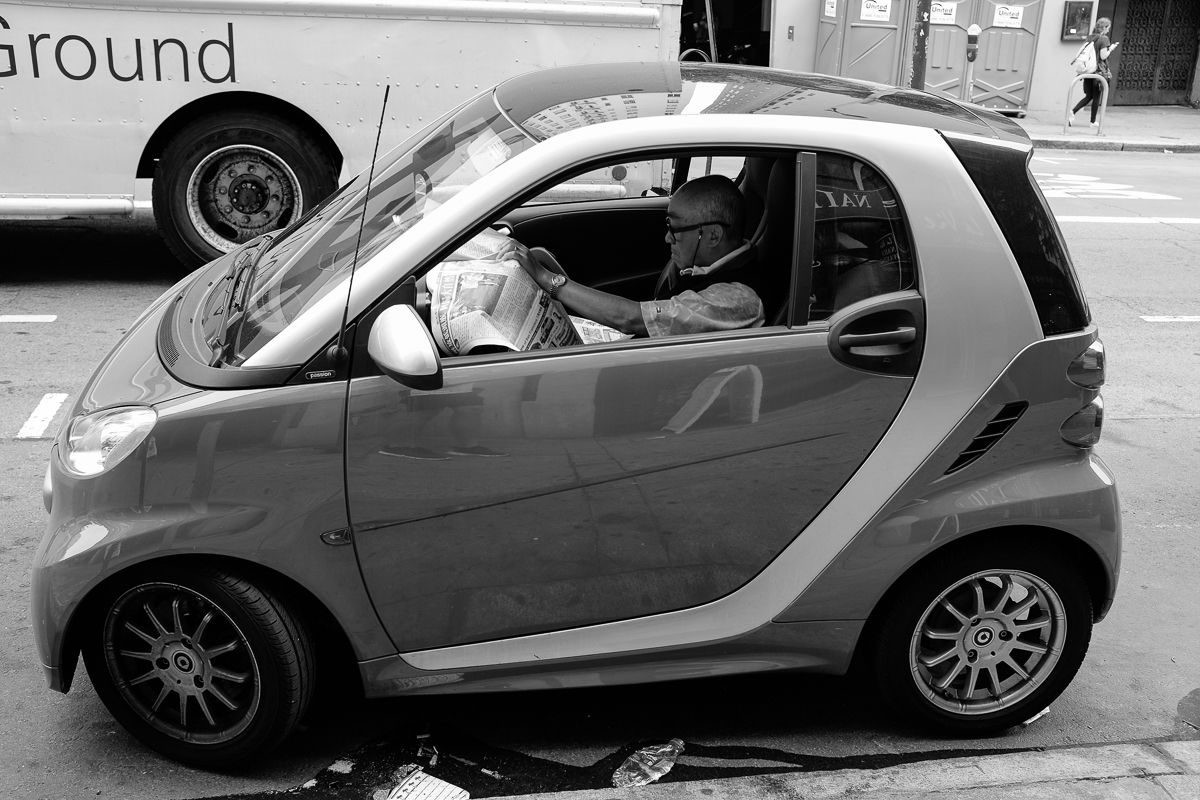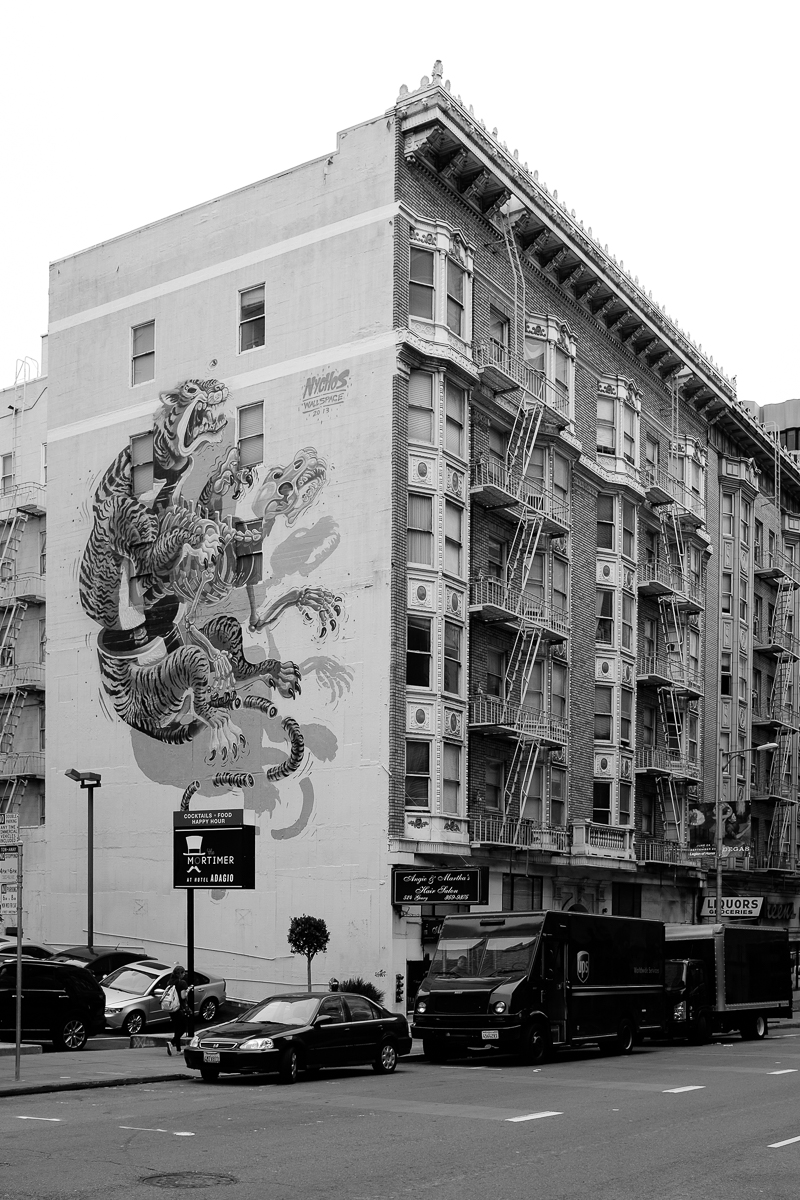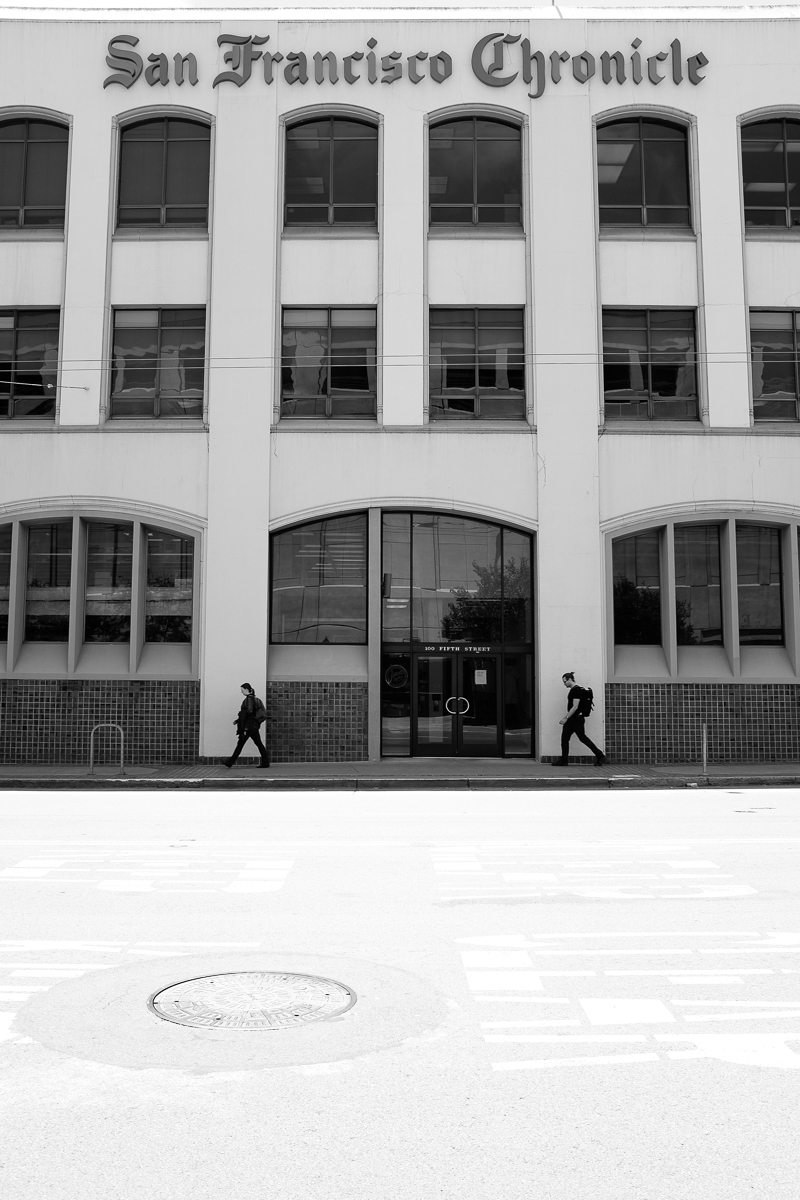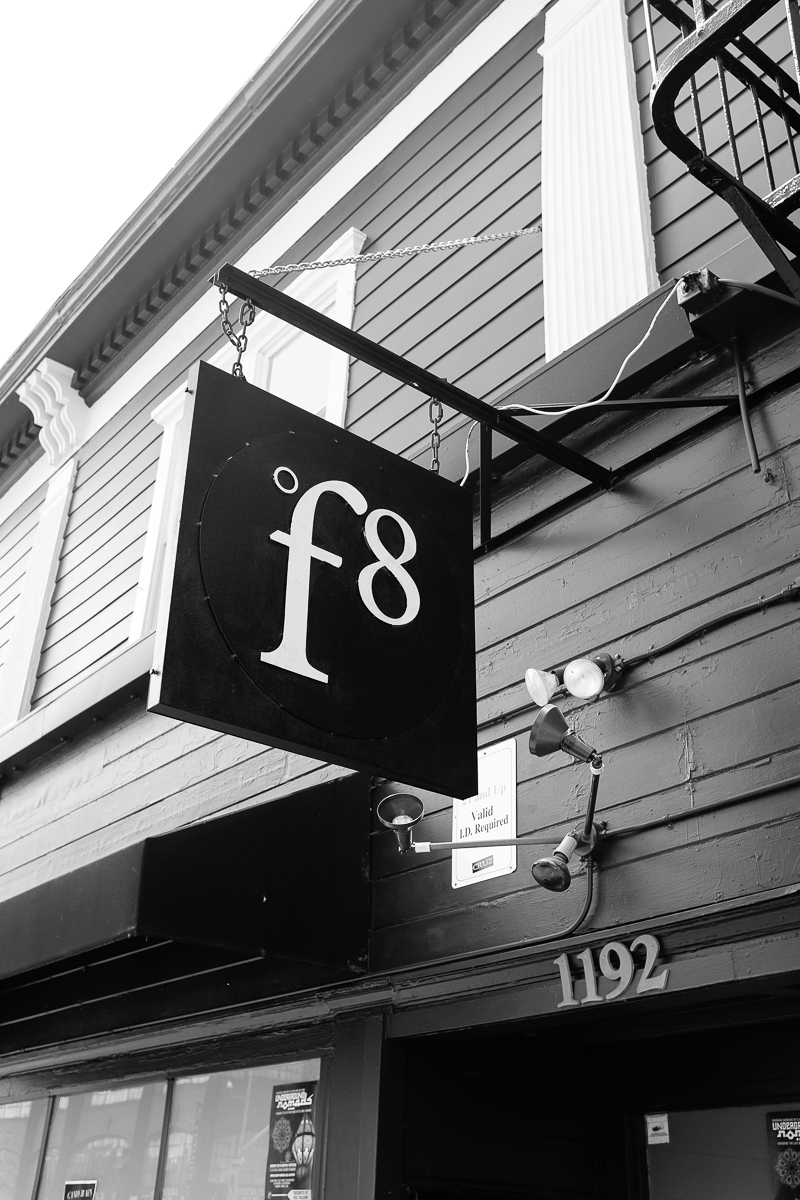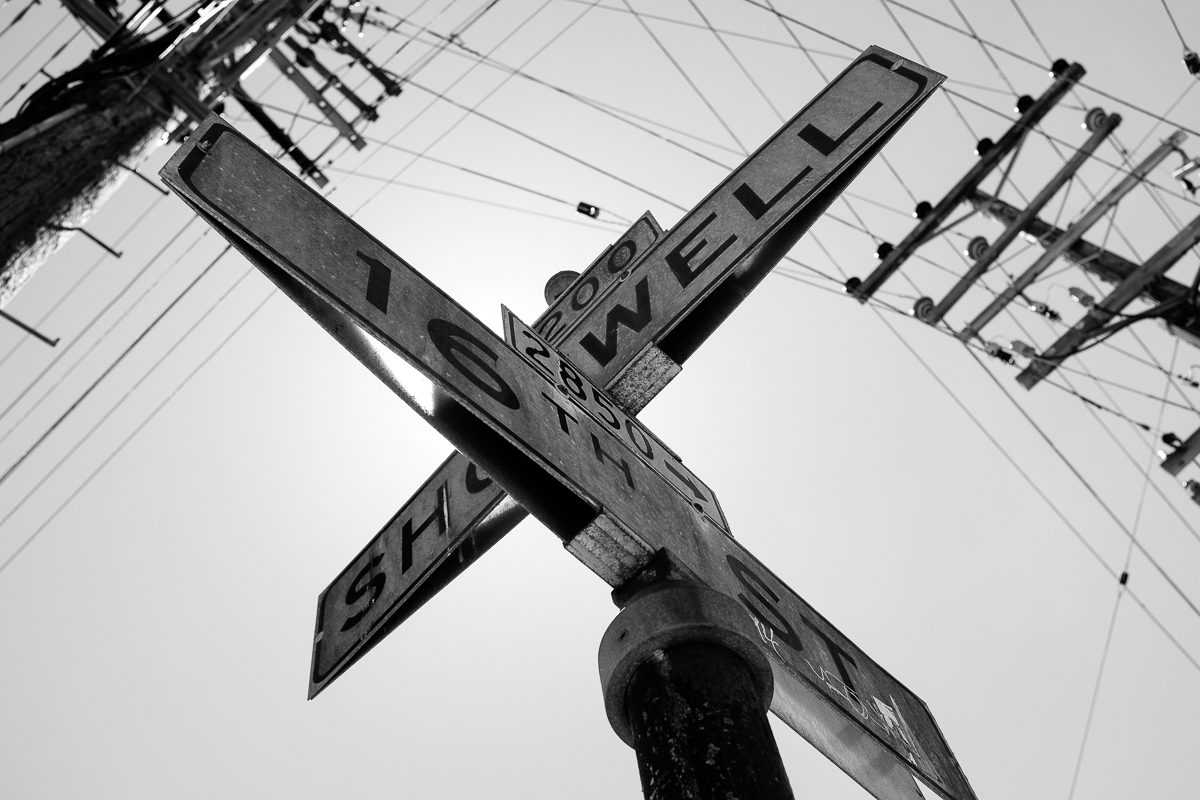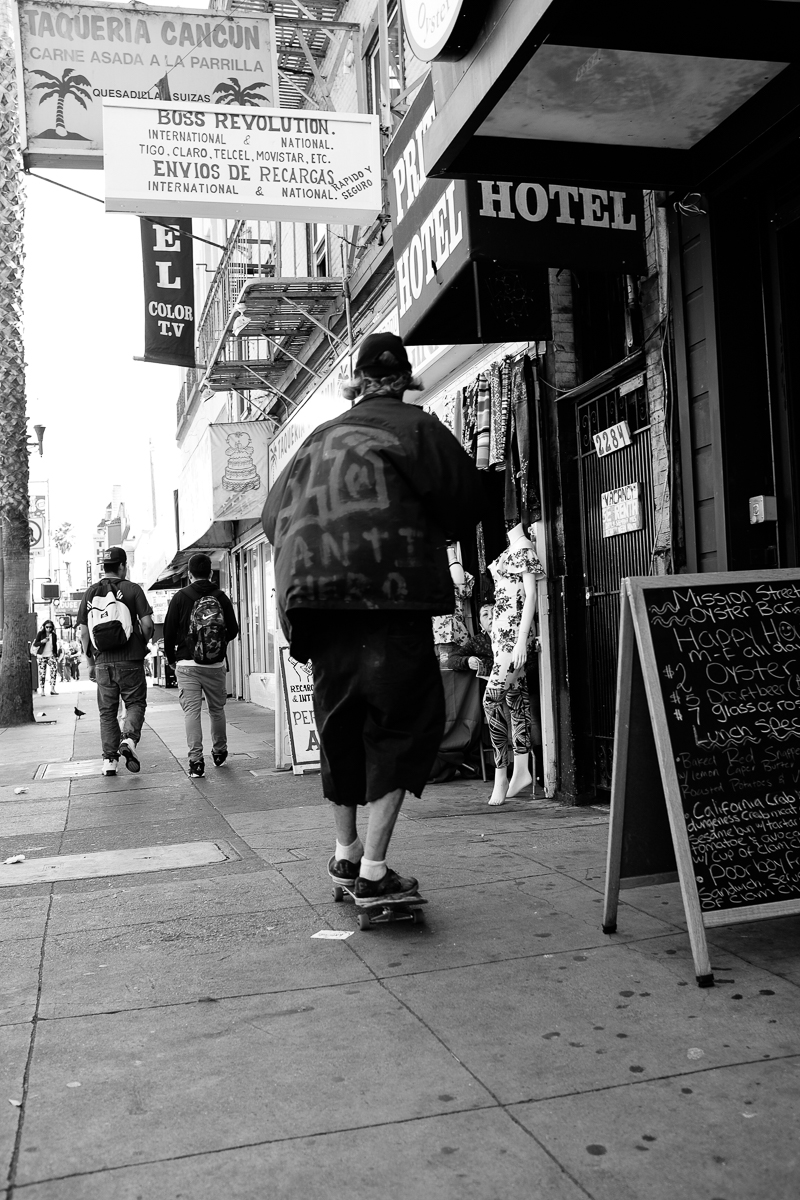In December of 2019 I was lucky enough to work on this beautiful couple’s engagement photographs. This blog entry includes some of my thoughts about working with couples and how to tell the couple’s story instead of producing a generic set of images that suit your own style.
Location
Something that really stood out to me working with Kirsty and Jade was their choice of location. This couple lives within earshot of the ocean and a beautiful beach but neither of them actually spend any time on the beach. My initial pitch to the couple was to do a sunrise photoshoot near the water, given their location, but I quickly learned that the idea didn’t fit who they were or their story. It was only when I asked them if they had a special place or an area that they had an emotional connection with that they took me to this forest inside an eco-estate.
It can be a bit of a gamble when the clients want to choose the location, because if you have never scouted the area before you need to set up compositions on the fly and you have to make sure you have everything you could possibly need to deal with the terrain and the light.
The advantage of having the client choose the location is that there is already a sentimental or emotional connection with the surroundings and the clients are more comfortable and relaxed in the environment. The clients know what to wear to be comfortable and may have their own ideas about what the images will look like.
Wardrobe
At least a week before the pre-wedding photoshoot I create a mood board or a Pinterest board that is inspired by the location and it has many different functions. The mood board is a visual inspiration board where I can collect a selection of poses that I think are great and will work well in the location. The board also acts as a sort of wardrobe inspiration area where the couple can take a look at the sort of colours and palettes and how they work with the location shown (in this case engagement photographs in forest and rainforest scenes). Most of the clothing options I included had pastel tones with solid colours, no prints or stripes. There were a lot of natural tones, tans, peach colours, calm blues. As you can see Kirsty and Jade had other ideas but i think it worked out great. After all, this is their story and their engagement, and the boards are really just there as a reference.
Natural Light
The key to using natural light is in finding the best natural light available and to photograph with the edit in mind. Before I visited the forest I had no idea what to expect and the one thing on my side was that no matter what the location looked like I was going to keep the photoshoot upbeat and comfortable and I was determined to work with Kirsty and Jade until I was confident that I had strong images.
A practice that I found really helpful on this photoshoot is to ask the couple what they think of scenes as I approach them. This big tree, for instance, was something that stood out to me and I asked the couple what they thought. Some people have ideas of how to stand and how to interact in the space which can be great, other times some gentle coaching and advice can be helpful but in general it’s also important to get buy-in from the couple. If they don’t like the idea or they can’t see it, move on to the next idea.
Personality
It can be difficult to make people look their best sometimes if the situation and the dynamic between the people on location isn’t good. The key to overcoming an awkward interaction is to get to know the person or people you are going to photograph ahead of time and try to get them to talk about themselves and each other as much as you can. In this time pay attention to the things they value and that are important to them. Also try to understand what they are looking for from the photoshoot and what their tastes are regarding images. Are they romantic, quirky, playful, etc? The meeting is a good time to show your mood board. Take note of the colour palettes that they like, and the poses they respond to.
Collaborate
I think that making portraits is a collaboration between the photographer and the subject. I’ll go a step further and say portraits are only going to be as good as the expressions and emotions that your subjects give you or that you are able to get out of them. The key to working well with people is to talk and communicate well. It’s crucial that everyone is on the same page before you begin the photoshoot and it’s important to stay on track.
One way to do this is to brief the person or people beforehand on how you work and what will happen. For example, “we’ll start with a warmup”, “we’ll have coffee first”, or even “We’ll start with you guys photographing each other to break the ice a little and get you comfortable in front of the lens. Then we’ll take five and look at the photographs,” which do you like? Is there something we missed? Is there something we can improve upon?
Selections
After the photoshoot the first step is making selections. (This step is best discussed before the shoot as not all clients want the same level of control or involvement over making selections). Most clients in my experience want to be involved in making selections and I welcome this input as it helps me to deliver exactly what they want. People will respond differently to images, and photographs are very subjective. A photographer may appreciate something in a photograph that a client does not necessarily value. Choice and transparency can empower clients and help creatives improve their service.
Photography is a service industry and it’s up to the creative to find out how best to deliver. Clients hire us because they like the photographs we make and they trust that we will be able to do the same or a similar body of work for them. What they really pay for is good service, professionalism, and a positive experience throughout.
Revisions
Again this is something I believe should be offered but not necessarily something every client will make use of. Revisions are basically changes to the images that are made after they are initially delivered. The way this works: the photographer delivers the images and invites the client(s) to hi-light any problems that they have with the images. The images are then corrected and delivered. The number of stages in this process will obviously affect the price of the images but this will have been agreed upon before the photoshoot and each project is different.








